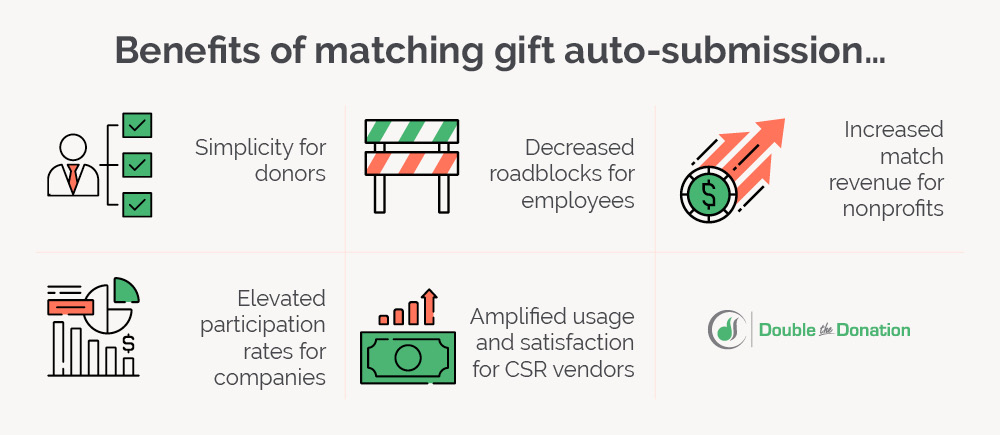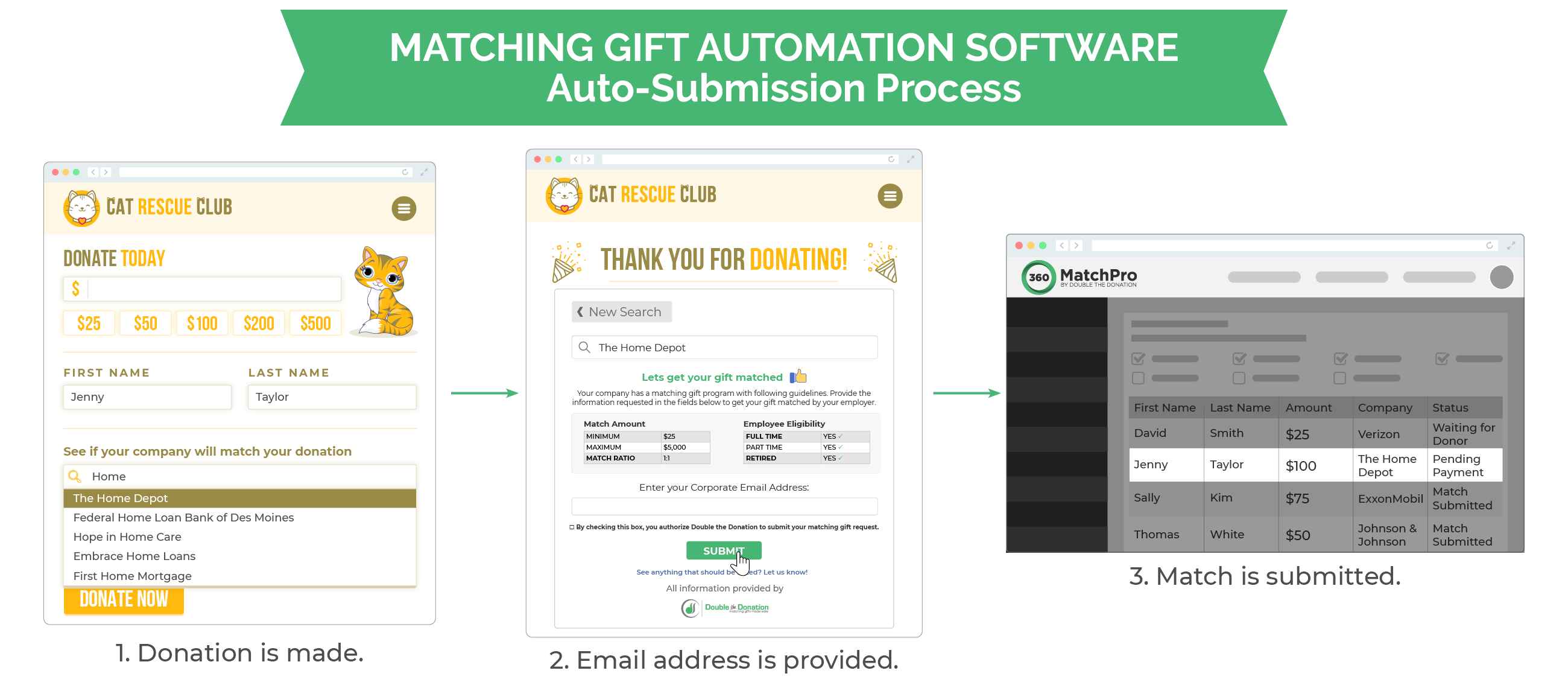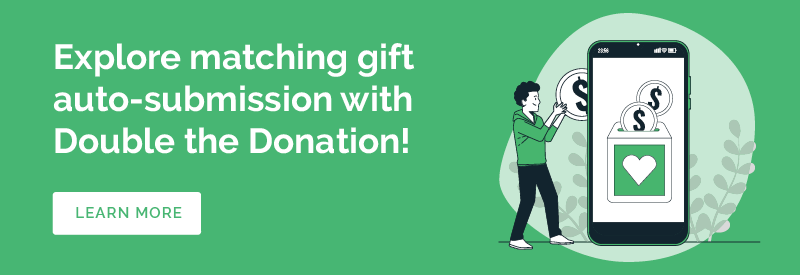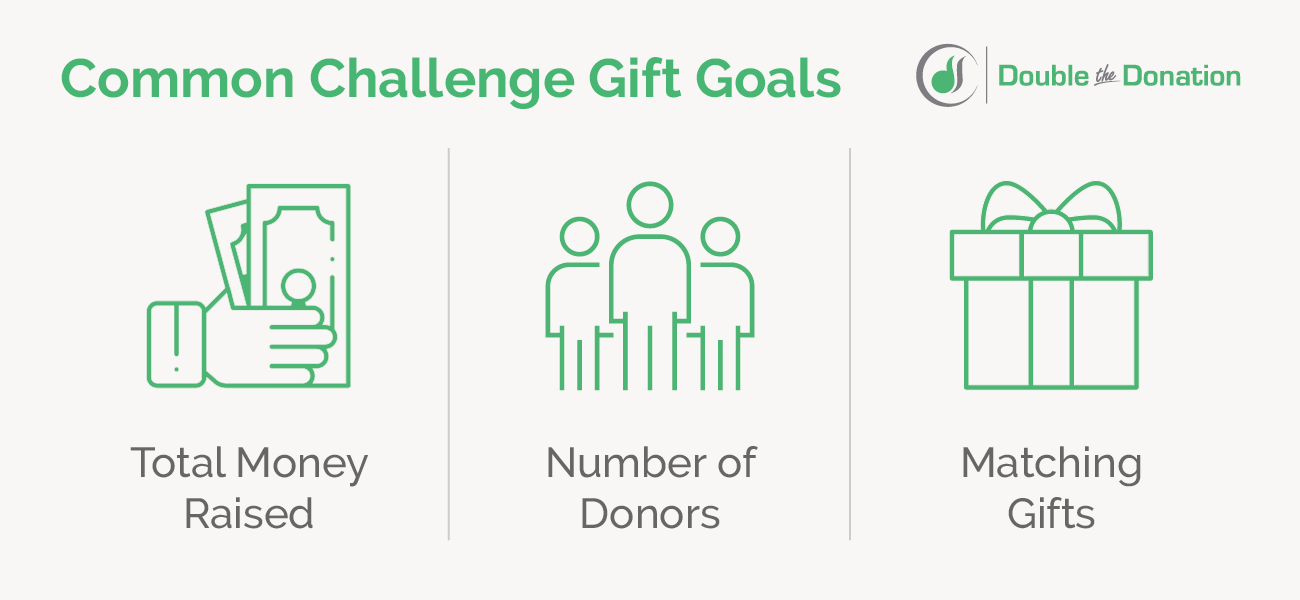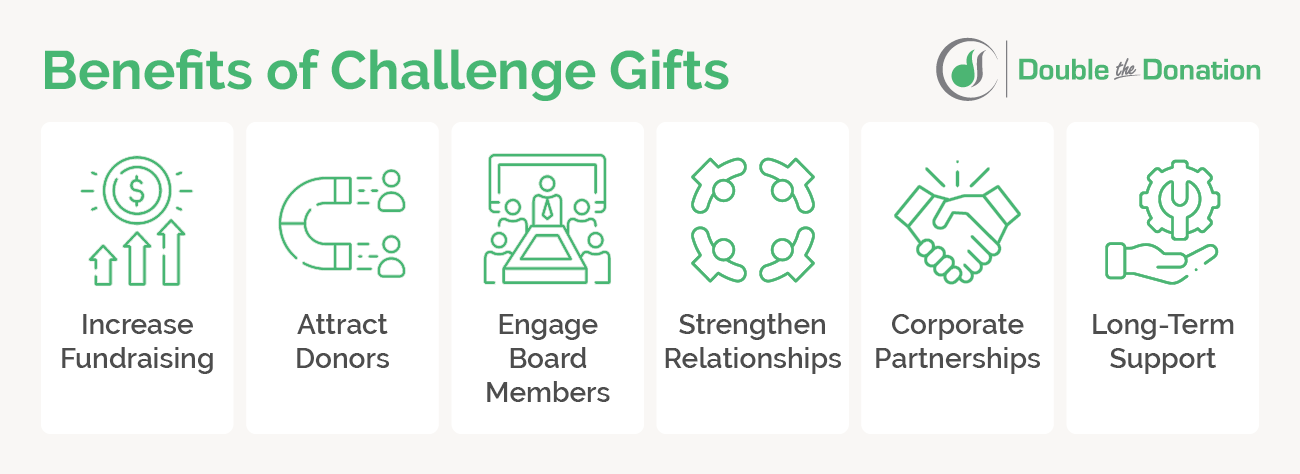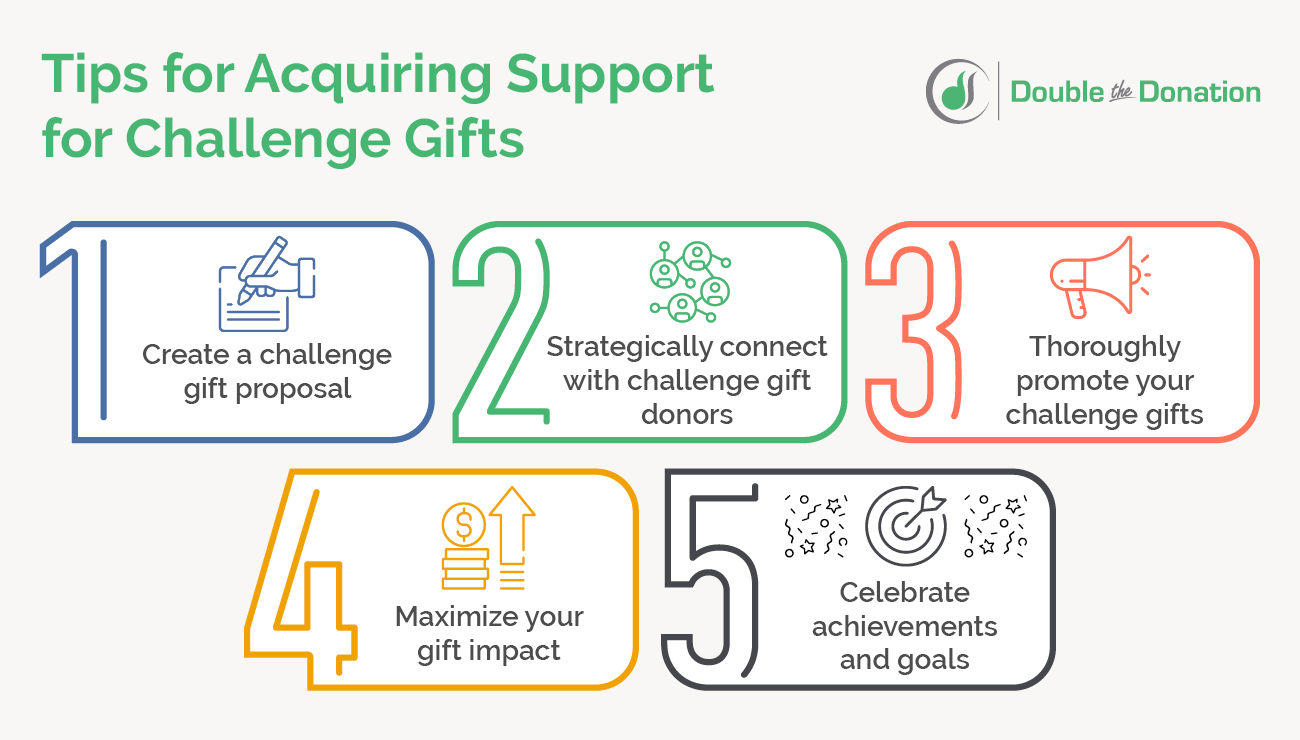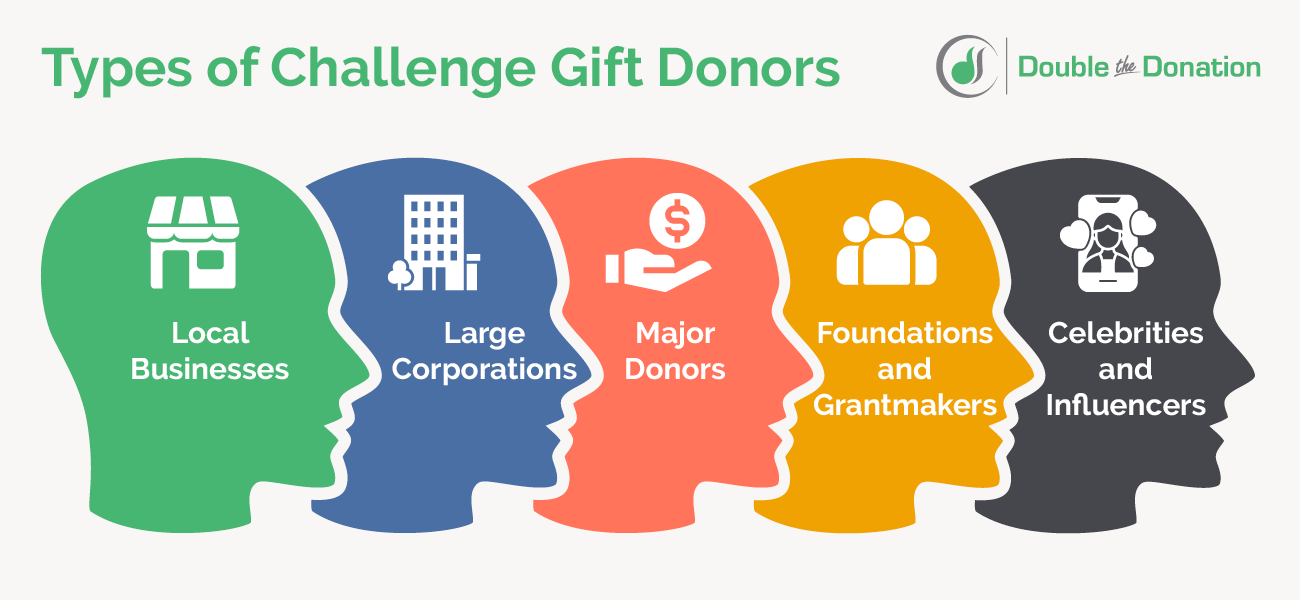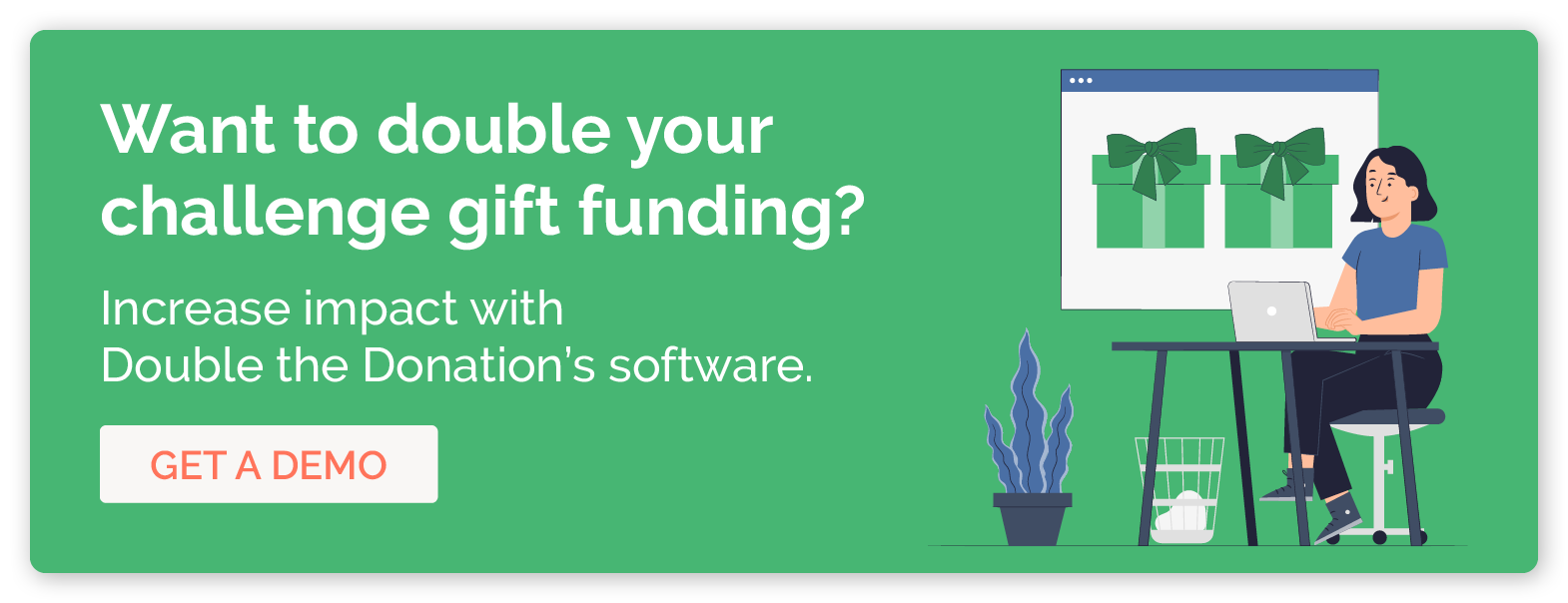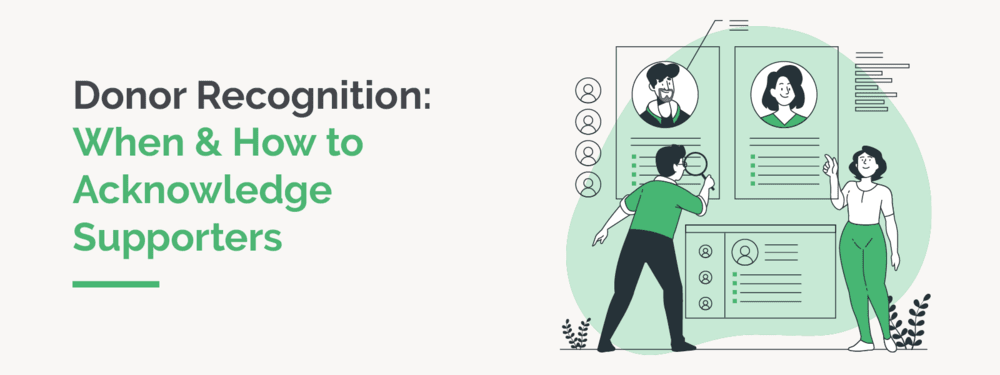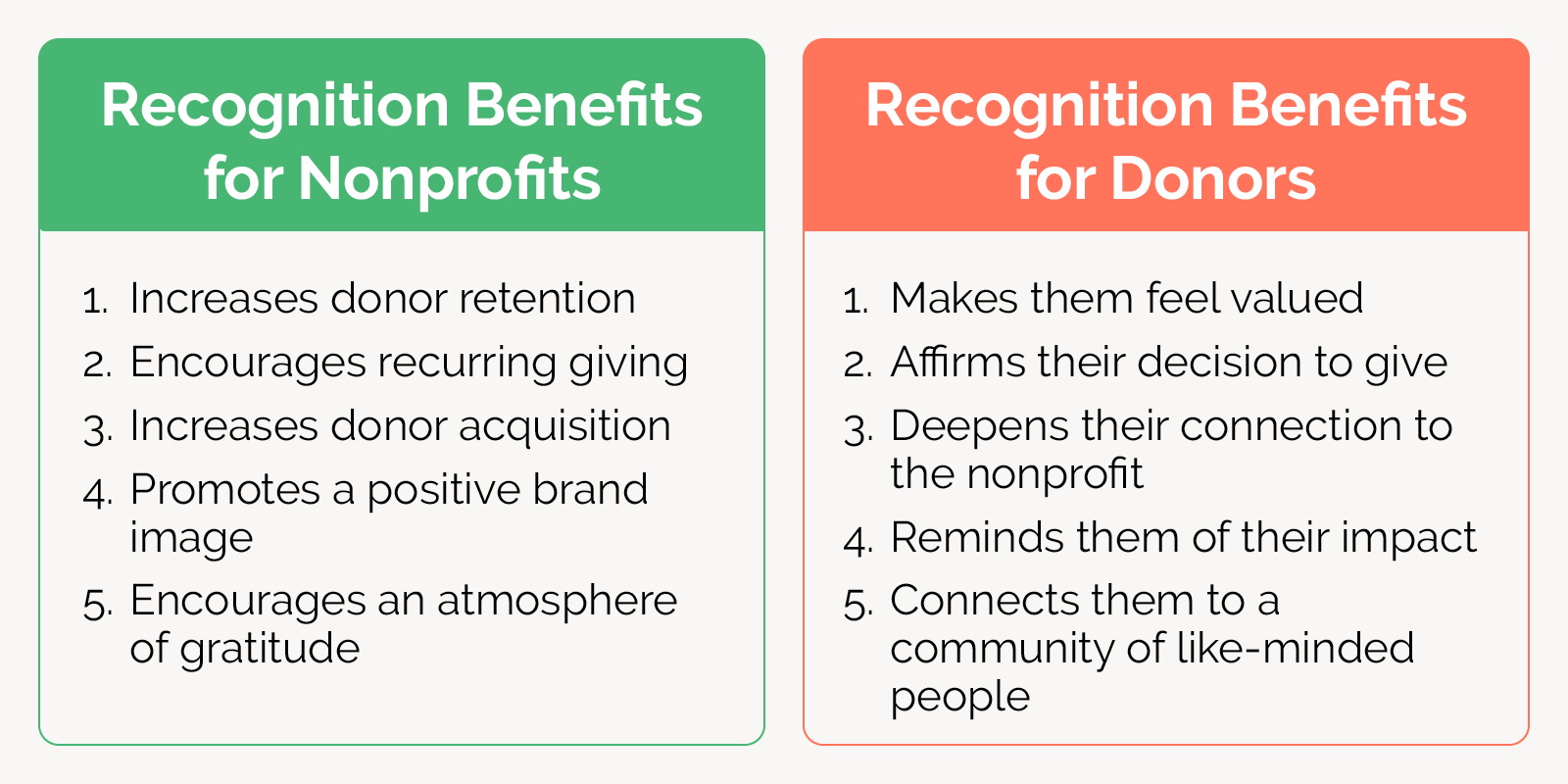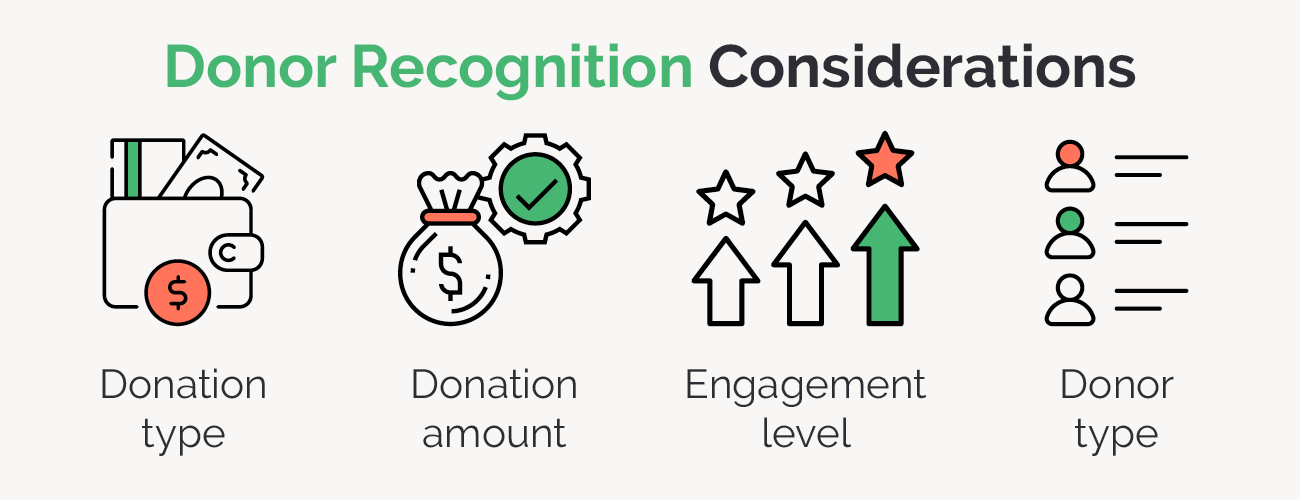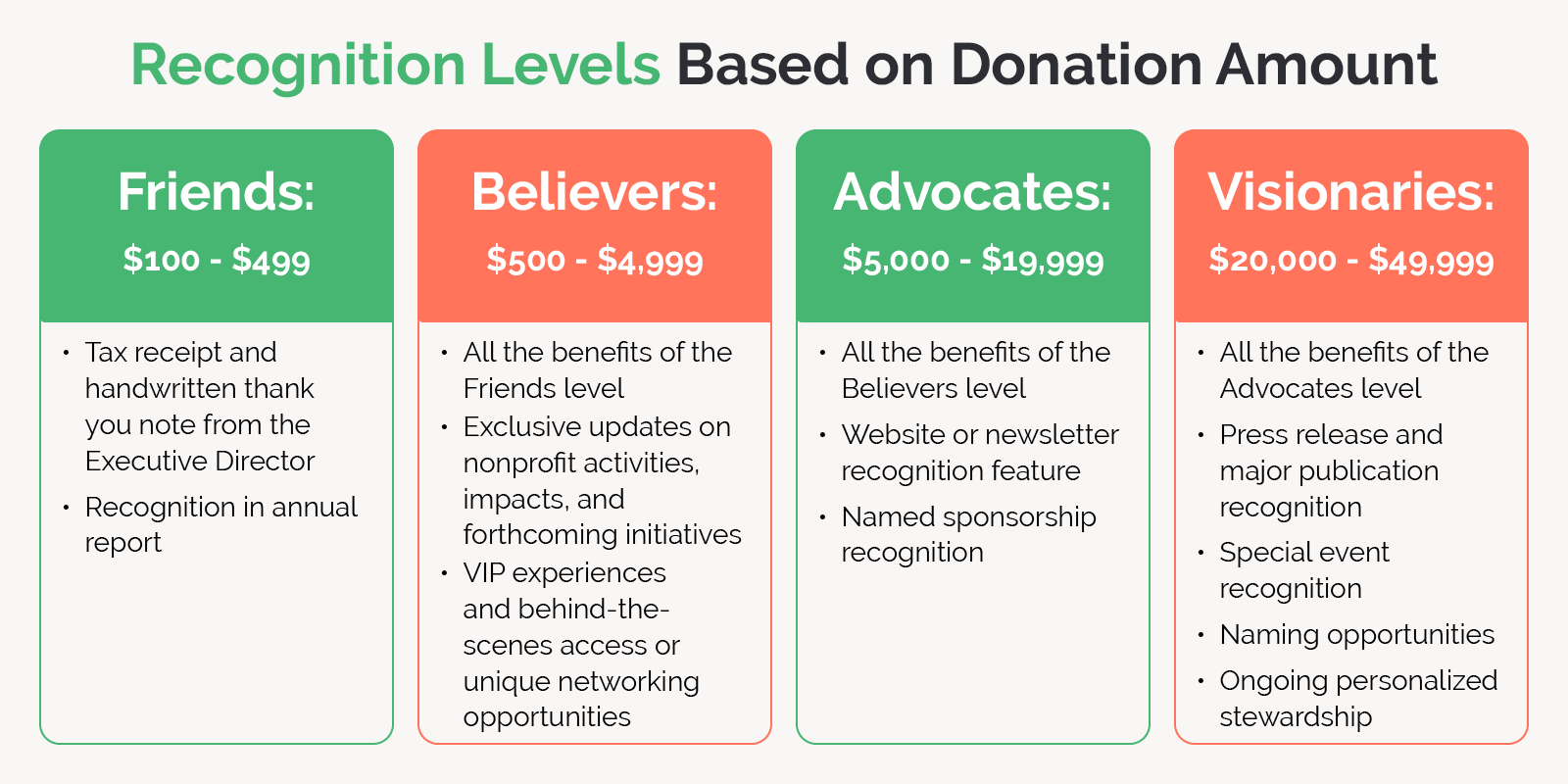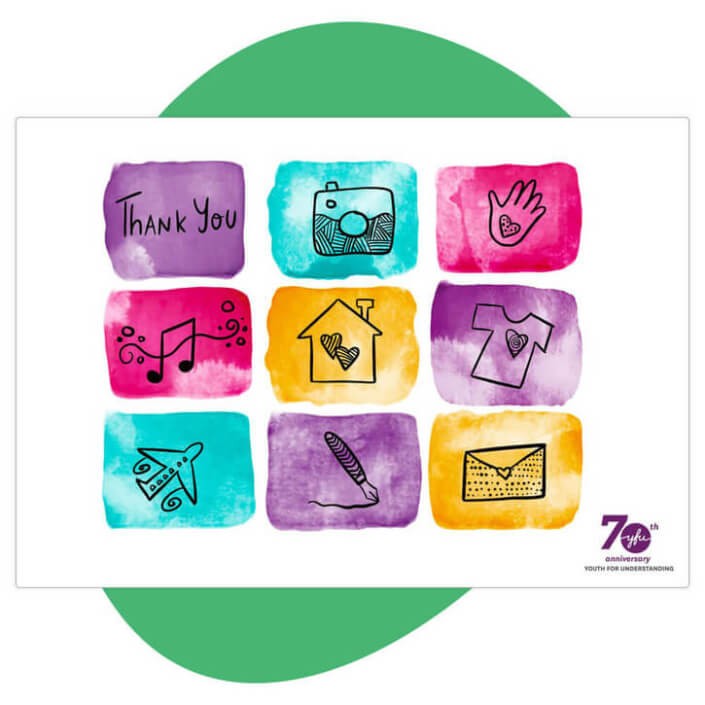Nonprofit Advertising: The Best Advice & Persuasive Examples
The online space grows more competitive each day. Nonprofits are up against big-name companies, vying for consumers’ attention. If you’re grasping at straws and still aren’t capturing prospects’ attention, it might be time to try nonprofit advertising.
Advertising is often perceived as a misuse of donations, but it’s surprisingly effective. There’s a reason companies invest in paid advertising – it works! Where traditional marketing approaches fall short, paid advertising can elevate your cause and extend your reach to new audiences.
Whether you’re just getting started or looking to refine your existing efforts, this guide will provide everything you need to create a high-ROI nonprofit advertising strategy, including everything from common types of ads to real-world examples you can emulate. Here’s what we’ll cover:
- Understanding Nonprofit Advertising
- 7 Types of Nonprofit Ads
- Steps to Creating Your Nonprofit Advertising Strategy
- 3 Nonprofit Advertising Examples
Whether you’re investing in digital nonprofit advertising or creating newspaper ads, get ready to brainstorm how ads can support your cause and get your services in front of new audiences.
Understanding Nonprofit Advertising
The world of nonprofit advertising is expansive, so let’s start with the fundamentals, kicking off with a basic definition.
What Are Nonprofit Ads?
Also referred to as charity advertising, nonprofit ads are paid ads that nonprofits use to promote their services and fundraisers. Advertising includes digital platforms such as paid search ads and social media ads, as well as traditional advertising methods such as community radio and print ads.
While paid ads can make a notable difference in your outreach, know they’re just one part of your marketing strategy. “Nonprofit marketing” refers to all the activities your nonprofit leverages to promote its brand and mission, while advertising is a specific subset of nonprofit marketing that refers strictly to paid channels.
In the for-profit world, companies create billboards, promotional materials for TV, and digital ads to promote goods and services. Advertising looks a little different for nonprofits, though. Instead of promoting a tangible product, nonprofit advertising is used to “sell” a cause. When done effectively, charity ads educate target audiences about the mission, goals, and services of the organization, as well as solicit donations or other forms of support.
What’s The Difference Between Inbound and Outbound Marketing?
Inbound and outbound marketing are two distinct approaches in the marketing world, each with unique strategies and benefits. For a balanced marketing plan, you’ll need to use both paid and free channels, so you can reach your audience without blowing your budget out of the water. Let’s compare these two strategies:
- Inbound marketing is often referred to as “pull marketing” and is designed to attract potential supporters. Common inbound channels include search engine optimization, blogs, videos, podcasts, and organic social media content. While inbound marketing targets interested prospects, it requires time to develop and share quality content.
- Outbound marketing is commonly called “push marketing” since it involves pushing messages out to a wide audience, regardless of whether the audience has expressed interest in your mission. Typically associated with paid strategies, common outbound channels include TV commercials, pay-per-click (PPC) campaigns, direct mail campaigns, newspaper ads, and social media ads
Both inbound and outbound marketing have their place in a comprehensive marketing strategy. To strike a balance, we suggest using inbound tactics like optimizing your nonprofit’s website for SEO. Then, you can advertise that content using paid ads.
Why Should Nonprofits Use Advertising?
Nonprofit advertising is undoubtedly worth the investment. From securing new donors to connecting with beneficiaries, you can achieve a lot with persuasive ads.
If you’re not convinced you should spend your hard-earned donations on promoting your work, here are a few common reasons why you should:
- Drive high-quality conversions. Getting Attention’s nonprofit advertising guide explains that with powerful ads, “you can convert an ordinary viewer into a valuable supporter. You might shoot for conversions like donations, volunteer sign-ups, contact form completions, event registrations, or shares to social media sites.” Plus, many platforms have audience targeting capabilities, allowing you to narrow your audience and deliver valuable content to likely supporters.
- Build a stronger, more recognizable brand. Nonprofit advertising puts your digital content in front of more prospects than word-of-mouth alone. Existing supporters will also be met with your charitable ads, keeping your cause front of mind even when they haven’t interacted with you for a while.
- See major returns on low-cost efforts. In some cases, you only pay when a user clicks your ad. Many platforms, like Google Ads, offer discounts and free platform use to verified nonprofits. Even when you pay out of pocket for ads, you don’t have to pay to generate revenue from nonprofit ads. This Google Ad Grant Impact Report explains that view-through revenue—revenue from donors who saw but didn’t click on an ad—accounts for 35% of all giving sourced from digital ads.
For positive results, put in time and effort into creating authentic ads. Otherwise, you’ll waste your budget that could be better used supporting other areas of your mission.
What Are the Challenges of Charity Advertising?
When used efficiently, nonprofit ads can help you make incredible strides for your mission. However, you’ll need to overcome some hurdles.
Here are some challenges you’ll want to get in front of when planning your promotional strategies:
- Donors want their funds to go directly toward your mission. They might resist the idea of their contributions being spent on paid ads. That’s why some nonprofits are hesitant to pay for advertising — they’re worried about what existing prospective donors will think of them.
- You’ll need to dedicate time to managing your ads. Some organizations don’t have the staff or time to create their ads. That goes for monitoring your campaigns and making adjustments to maximize results, too. You shouldn’t use a set-it-and-forget-it approach. Not to mention, some advertising platforms have a considerable learning curve. We recommend working with a nonprofit advertising expert to mitigate these challenges.
- Conveying your message can be challenging. Ads are notorious for seeming inauthentic. When possible, use storytelling components like original images to make your ads appear genuine.
To preemptively overcome these challenges, choose affordable advertising channels and be authentic in your promotion. We also recommend working with a nonprofit advertising agency. These professionals devote their time to managing campaigns backed by their technical expertise, so you can focus on other activities.
How Can I Work Nonprofit Ads Into My Budget?
Considering that nonprofit advertising is a paid form of marketing, you’ll need to allocate sufficient funds toward it.
A common misconception is that paid advertising is unattainable for nonprofits with limited budgets. In reality, many paid advertising platforms offer free or discounted access to verified organizations. Here are some ways your nonprofit can tap into advertising for free, minimizing the negative reactions donors might have:
- Through the Google Ad Grants program, you can receive $10,000 in free ad credits every month. You’ll spend your credits on promoting your website’s most important content, like your donation form or volunteer registration page.
- A rule by the Federal Communications Commission can help you leverage free radio ads if you format them as public service announcements.
- Through business sponsorships, companies may promote your nonprofit to customers free of charge as part of their corporate philanthropy practices.
Beyond these free opportunities, let’s look at how organizations break down their nonprofit advertising budgets across different platforms. According to M+R Benchmarks’ annual study, organizations allocate their advertising budgets in the following percentages:
- 22% on display ads
- 35% on search ads
- 36% on social media
- 8% on video ads and other forms of advertising
Use these percentages to guide you when allocating money toward advertising in your annual budget. Considering that search ads yield the highest return on ad spend, we recommend investing most of your budget in that area. According to that same M+R Benchmarks Study, it generates an incredible $2.75 return for every dollar spent, while display ads generate $0.33.
7 Types of Nonprofit Ads
Considering that paid advertising incurs costs, be strategic about which platforms you use. Decide which ones will align with your goals and will help you reach your target audience. To help you grasp your options, let’s walk through seven of the most common nonprofit advertising platforms, starting with our favorite.
Type 1: Google Search Ads
Paid search ads are online advertisements that promote an organization’s web content. These ads are displayed on search engine results pages (SERPs) and are triggered by keywords related to the advertiser’s organization.
Advertisers pay each time someone clicks their ad, so they’re not overpaying for advertising space. This makes it cost-effective for reaching and driving qualified leads.
Google Ad Grants
When eligible for Google Ad Grants, nonprofits can tap into this nonprofit advertising channel for free. So long as they comply with the program’s rules, they’ll receive $10,000 each month to spend on amplifying their web content on Google Search. If you’re a visual learner, watch this video from the Google Ad experts at Getting Attention:
- Check your nonprofit’s eligibility. Google limits participation to those with valid charity status. Governmental, healthcare, and educational organizations are ineligible. You’ll also need a website that meets the program’s requirements. Explore our Google Grants eligibility guide to determine your eligibility status.
- Create a Google for Nonprofits account. Through Google for Nonprofits, you can access the Google Ad Grant application and a range of helpful tools like Google WorkSpace and the YouTube Nonprofit Program. You’ll provide information like your tax identification number and contact information.
- Wait for Verification. Percent works with Google to verify organizations’ legitimacy and help maintain the integrity of Google’s program. They may reach out for additional documentation, so keep an eye on your email.
- Apply for the Google Grant. Once approved, you’ll gain access to the Google Ad Grant application. Fill out the eligibility form and wait for approval. In no time, you’ll receive $10,000 to spend on Google Ads every month.
We recommend working with a Google Grants agency like Getting Attention to maximize this charity advertising opportunity. They’ll work to understand your mission, choose the right keywords, and craft compelling nonprofit ads that drive results.
Type 2: Social Media Ads
Did you know that 59% of Gen Zers are inspired to donate by a message they saw on social media? You’re missing out if you’re not promoting your cause through this channel!
Most nonprofits recognize this digital marketing channel is effective for leveraging social proof to build trust. Unless you have a large following consistently sharing your content, it can be challenging to gain traction, though. That’s why we recommend allocating money toward social media ads.
Social Media Advertising Platforms
To avoid stretching your nonprofit advertising budget too thin, consider the platforms from which you’ll purchase ad space. As you get started, keep these charity advertising platforms in mind:
- Instagram ads appear throughout the app in users’ feeds, between Stories, and on their explore pages. While designed similarly to normal posts, each ad contains a “sponsored label.” Use this method to tap into additional features unavailable for traditional posts. Include links, CTA buttons, and product catalogs. Then, track ad performance with the insights Instagram provides.
- Facebook ads allow you to tap into the world’s most popular social network. With the ability to target people based on their interests, demographics, and location, nonprofits can create highly targeted campaigns that will likely reach their desired audience. Use Facebook ads to boost engagement, build brand awareness, and even solicit donations with integrated fundraising features.
- X (formerly Twitter) ads allow you to connect with younger audiences. Nonprofits can create targeted campaigns based on user interests and location. Use these to tailor messaging to different audiences, drive website traffic, increase brand visibility, and engage with followers.
- TikTok ads, available through TikTok for Good, offer a dynamic way to reach a younger, highly engaged audience through video ads. Your nonprofit can tell its story, raise awareness, and drive action in a creative, visually engaging format.
These nonprofit advertising channels allow you to leverage user-friendly features and reach supporters where they already are: scrolling through social media. Plus, social media has an incredible reach. Sources estimate there will be 5.8 billion social media users worldwide by 2027.
When creating messages, remember social media tends to be trend-based, so monitor what’s trending to create timely ads for your cause.
Type 3: Sponsored Retargeting
Sponsored retargeting is a collaborative advertising approach where a business or organization sponsors your nonprofit by purchasing ads from you. These ads typically feature co-branded elements. The reasons a company might engage in sponsored retargeting include:
- Improved Reputation: Companies can bolster their reputation by aligning their image with your nonprofit, positioning them as a socially responsible company.
- Audience Overlap: The overlap in audience demographics between the company and your nonprofit makes this an attractive opportunity to promote the company’s services to relevant individuals.
Both your nonprofit and the sponsor can share these advertisements on your respective platforms, increasing visibility and audience engagement for both parties. Overall, this mutually beneficial arrangement not only serves immediate advertising goals but also strengthens the long-term relationship between your nonprofit and its corporate sponsors.
Type 4: Community Radio
Community radio can be ideal for advertising your mission to a local audience. Radio ads can be tailored to specific demographics and areas. Plus, you can physically speak to your audience, showing passion for your cause.
Some nonprofits qualify for free public service announcements on community radio stations. Thanks to the Federal Communications Commission, radio stations must allot some radio time to charitable organizations.
If you’re filling free nonprofit advertising space, there’s one caveat: you’ll need to format your messages as announcements rather than ads.
In other words, you can’t explicitly request donations. However, you can use radio ads to drive website traffic and generate buzz. Then, if your social media posts or website are optimized, visitors may wind up clicking the ‘Donate’ or ‘Volunteer’ button.
Type 5: Print Advertising for Nonprofits
If you want to go a more traditional route with your nonprofit ads, try print advertising. Print ads, such as newspaper and magazine placements, target specific geographic areas, allowing nonprofits to reach their desired audience effectively.
Relatively inexpensive and adaptable, print ads can be placed in various publications, from local newspapers to national magazines. You can even create banners and flyers to promote your cause at local events.
This method works for a few reasons. For instance, print ads tend to be:
- Memorable. You can provide readers with a tangible message to reference later, making it easy to save and circle back.
- Tailored to the cause. Print ads can be designed to match a specific aesthetic. By incorporating your organization’s branding, these types of nonprofit ads can convey your message in a visually appealing, unique way.
- Great for establishing credibility. Print ads can be placed in specific publications or at events your target audience will likely attend. By appearing in a respected publication or at a reputable event, your nonprofit can establish its legitimacy.
In your nonprofit advertising strategy, consider the role of print ads for reaching specific audiences. For example, nature organizations might use publications like National Geographic to connect their cause with respected, influential scientific content.
Type 6: Influencer Advertising
Influencers have an established web presence, usually due to social media or a blog. They’ve created a trustworthy brand and amassed a highly engaged audience.
Companies work with social media influencers to promote their products every day. Have you thought about how working with an influencer can amplify your nonprofit’s brand?
Influencers have a large, engaged audience that trusts their opinion and is likelier to engage with their content. Like you do when choosing corporate partners, choose someone who aligns with your brand.
For example, let’s say you work for a food security organization. You might partner with a food blogger or an influencer who publishes recipes. This will help:
- Convert and activate new supporters. By asking their followers to donate, follow, or show support in some other way, influencers can drive like-minded people to support your cause.
- Draw attention to your work. Influencers can promote engaging content that can spark conversations and encourage people to look into your work.
When leveraging these ads, develop materials for influencers to work with. Then, they can make it their own to give it a more authentic feel that aligns with their brand.
Type 7: Retargeted Advertising
We’ve all experienced this at some point. While online shopping, we add something to our cart like a comfy new shirt. We get distracted and leave the site, only to be met with ads on other websites for that same exact shirt. This is what we refer to as a “retargeted ad.”
While primarily used to promote products, retargeted ads allow nonprofits to engage people who have already shown interest in the mission.
Retargeted advertising places a cookie on a user’s device and then displays relevant ads based on their prior online activity. These ads can effectively reach people who have already visited your nonprofit’s website or interacted with you on social media. They’re tailored to the individual user, making them an effective way to drive conversions.
How to Use Retargeted Ads
If you’re unsure how retargeting ads fit into your nonprofit advertising strategy, let’s review a few examples.
Retargeted ads can remind people of a nonprofit’s mission, encourage donations, and promote events or services. Here are a few use cases for this strategy:
- Abandoned donations: Retarget someone who left your donation page before submitting their donation. They were already considering donating, and it’s up to you to determine why they didn’t follow through. Think through common reasons why someone might abandon a gift. For example, maybe they wanted to research your services more before submitting a donation. If that seems like a viable reason someone would’ve walked away, create retargeted ads that explain your work.
- Event reminders: Create a retargeting ad campaign to re-engage anyone who didn’t complete their event registration. Let’s say someone left to check their calendar but then forgot to return and finish registering. This type of ad can be a great reminder to revisit your event registration page!
This type of nonprofit ad is a fantastic way to engage users, even if they’ve never actually donated or taken any other action. At some point, users who receive these ads showed interest in your cause online, and a little reminder might be just what they need.
Steps to Creating Your Nonprofit Advertising Strategy
So you’ve decided nonprofit advertising is a smart move. Great! Now, let’s walk through easy steps to create an effective nonprofit advertising plan:
- Define your campaign objectives. What are you hoping to achieve by purchasing ad space? Do you want to boost volunteer numbers, secure more volunteer grants, increase digital donations, or educate the public about your cause? Knowing this will help you pick which content to promote to drive users to take the most meaningful actions.
- Set a budget. If you’re not careful, nonprofit advertising can quickly add up. Determine how much money you’ll budget for ads. Think back to the industry-standard distributions we discussed earlier when dividing your budget across different charity advertising platforms.
- Identify your target audience. Who are you trying to reach with your charity’s ads? Are you attempting to re-engage lapsed donors, connect with first-time volunteers, or get in front of a different group? Get specific here, and consider the demographics of who you’re attempting to reach.
- Choose platforms for ad distribution. What platforms will put your nonprofit’s ads in front of the appropriate audiences? For example, maybe you’ll use social media ads to connect with Millennial or Gen Z donors across the country while using radio and print ads to reach a local audience.
- Create ad content. Now comes the fun part! Create ads that communicate your cause and persuade people to take a specific action to support your work. When possible, add compelling visuals like images and videos to spark an emotional response. Advertising platforms often limit the length of ads, so make the most of the characters you’re allotted. We’ll explore nonprofit advertising examples in the next section to spark inspiration.
Following these steps will help generate some influential ads for your cause. The work’s not over yet, though!
Assessing Your Nonprofit Advertising Strategy
For effective nonprofit advertising, actively monitor your campaigns using tracking systems, rather than just setting them and forgetting them.
To gauge ad performance, focus on metrics like clicks and reach. Most advertising platforms, including Google Ads, have built-in tools for tracking these key performance indicators (KPIs):
- Impressions refer to how many times your ad was shown to users. It can help you gauge how large your reach is.
- Click-through-rate (CTR) measures how many clicks your charity’s ad received divided by how many impressions it received. This metric indicates how relevant your ad is to users. For reference, if your Google Ad had 5 clicks and 100 impressions, your CTR would be 5%.
- Conversion rate refers to the number of visitors who complete a desired goal, like registering for an event or donating. The higher your conversion rate, the better. Just ensure the action is meaningful to your work.
- Bounce rate is the percentage of visitors who click through to your site and leave before viewing any other pages. This can indicate page quality. A low bounce rate is always best!
Using these KPIs, you can proactively gauge your nonprofit ad performance at any point. Throughout your campaign, make adjustments based on results.
3 Nonprofit Advertising Examples
You can research charity ad ideas all you want, but nothing measures up to seeing examples from real organizations. Let’s walk through some nonprofit ad examples to see paid marketing in action.
American Heart Association
Type of Nonprofit Ad: Google Ad
Google Ad Grants have the power to transform any nonprofit’s marketing. Available to verified 501(c)(3) organizations, it can help amplify the most important pages on your website on Google Search.
For this nonprofit advertising example, the American Heart Association targeted terms like “donate to fight heart disease.” Their ad works for a few reasons:
- Users searching donation-related terms are likely to convert.
- The pages the American Heart Association featured correlate with this search intent.
Notice how they offered a few ways for users to engage. Since they’re clearly prospective donors at this stage, users can visit different giving-focused pages, such as the organization’s “ways to give” page, a page showcasing donations in action, or pages about monthly giving. If you’re feeling creative, take a similar approach and promote matching gifts by featuring your ‘ways to give’ page or including matching gifts on your donation form.
To take this ad one step further, the American Heart Association could use extensions to append their phone number, giving users another way to engage. This strategy is more technical, and working with a Google Grants agency can help you take full advantage of this nonprofit advertising opportunity.
Doctors Without Borders
Type of Nonprofit Ad: Facebook Ad
Doctors Without Borders is an international medical humanitarian organization delivering emergency aid and healthcare to in-need populations. Seeking the most effective way to amplify their Giving Tuesday efforts, they turned to Facebook Ads and created a Facebook Fundraiser. The combination yielded twice as much revenue as its Giving Tuesday campaign the previous year.
The organization ran its ads for less than 2 weeks and generated impressive metrics:
- Ad spend for Giving Tuesday ads: $26,000
- Donation value from ads: $72,000
- Return on ad spend: 2.8x
- Donors: 60% new, 40% recurring
This campaign exemplifies the power of social sharing and timely nonprofit ads. It also boosted our all-time favorite fundraising strategy: matching gifts.
While this is a great example of nonprofit advertising for a large organization, smaller nonprofits can also tap into this strategy at lower rates. Even when spending a lot less, you can achieve impressive results. You just have to leverage targeting features and create persuasive messages.
Girls Inc.
Type of Nonprofit Ad: Influencer Ad
For this nonprofit advertising example, Girls Inc. partnered with popular lifestyle blogger Vanessa Scott and Saks OFF 5th to create and market an exclusive t-shirt.
Capitalizing on National Women’s Day, the charity created a shirt with its brand colors. Reading “Every Day is Women’s Day,” the shirt’s core message aligns with its mission to empower girls to overcome environmental challenges.
To support the campaign, Vanessa shared an Instagram post sporting the t-shirt. She explained what the awareness day meant to her, why Girls Inc. is important, and how 100% of the shirt’s proceeds would support the cause.
Not only does this example show the power of influencer ads, but it also demonstrates how nonprofits can partner with socially responsible corporations to amplify their causes.
Wrapping Up
When you create genuine ads, you can inspire more people than ever to support your cause.
There are a lot of nonprofit advertising platforms out there, though. Carefully think through which platforms will connect you with the right audiences before purchasing ad space. Whether you leverage Google Ads or partner with influencers, you’ll surely gain traction for your cause.
As you get started, stay updated with marketing trends and best practices to craft the best ads possible. Here are some helpful resources to get started:
- 40+ Marketing Ideas for Nonprofits to Spread Your Mission. Need inspiration for your nonprofit marketing strategy? Go beyond charity advertising by exploring more ideas in this guide.
- Digital Marketing for Nonprofits Made Easy: A Helpful Guide. From paid advertising to organic posts, there’s a lot you can do to market your mission online. Learn more with this guide.
- Google Ad Grants for Nonprofits: A Marketer’s Complete Guide. Curious about our favorite charity advertising method? Check out this ultimate guide to Google Ad Grants for nonprofits.
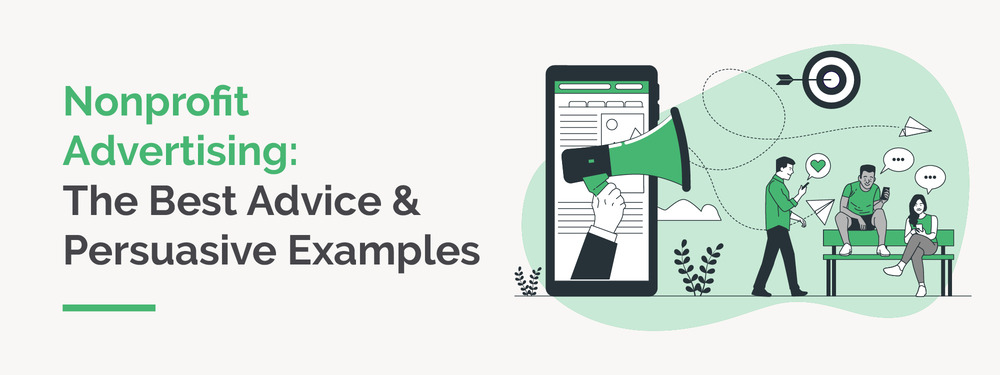

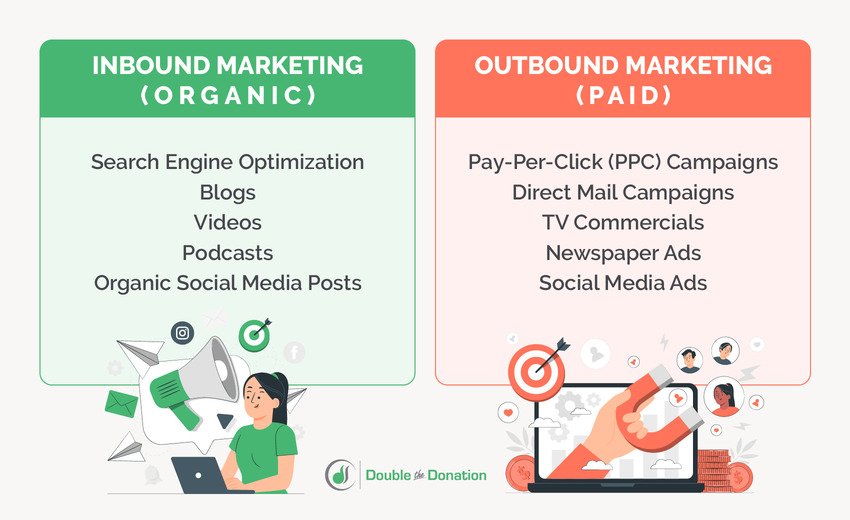
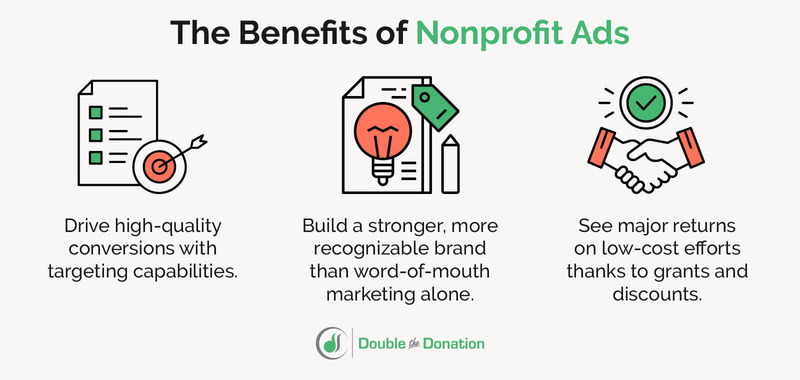
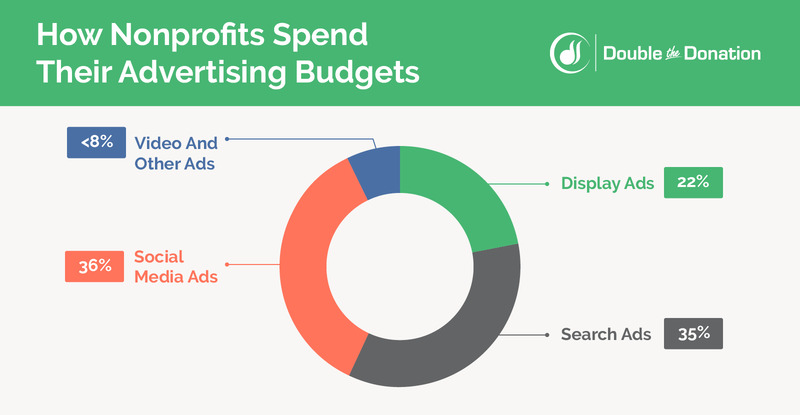
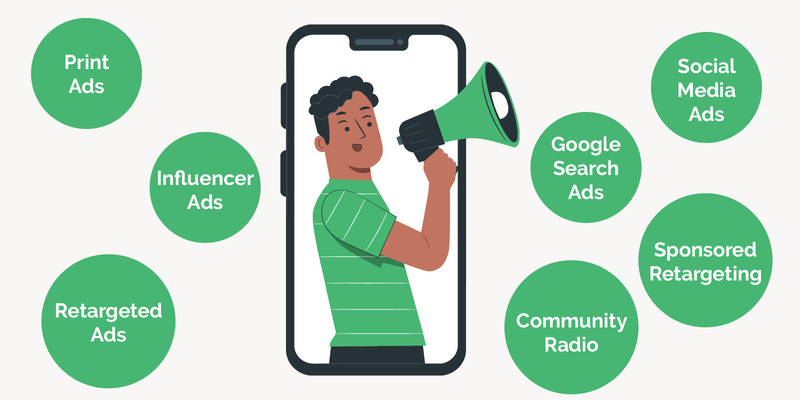








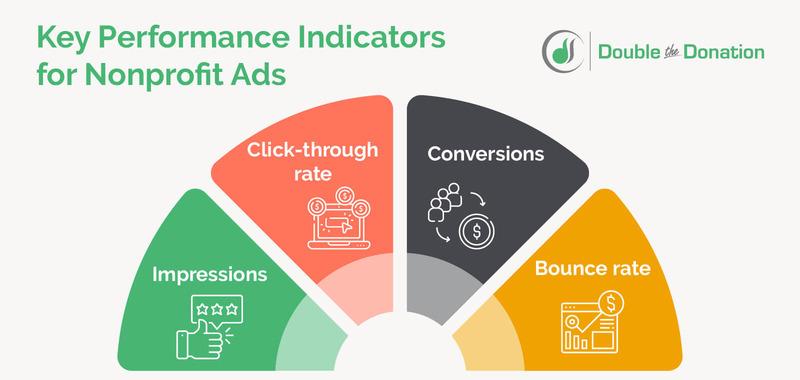
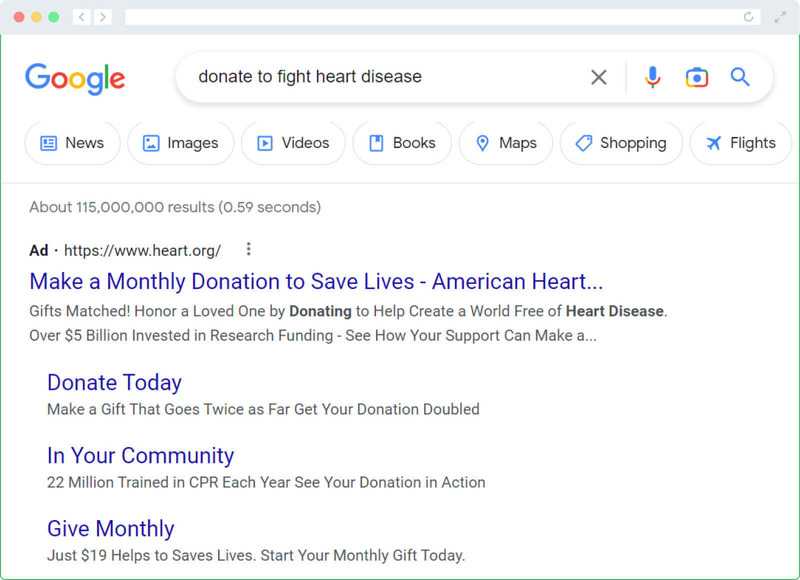

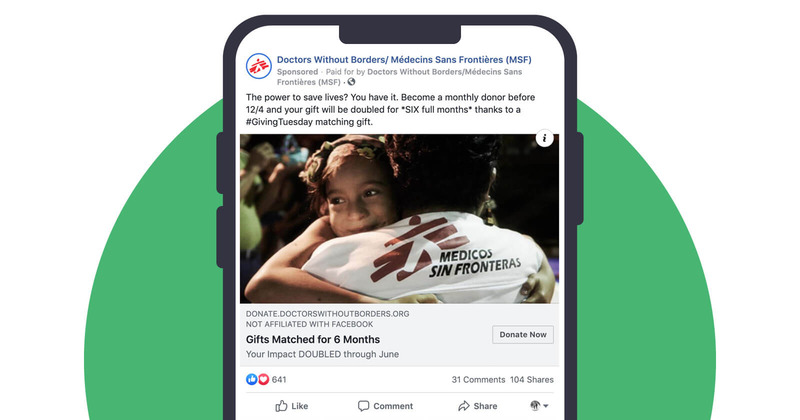
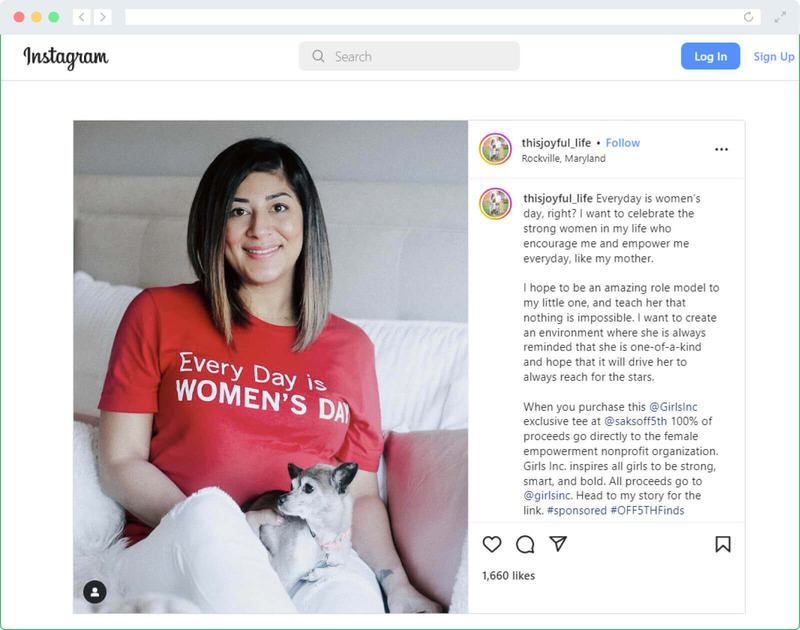

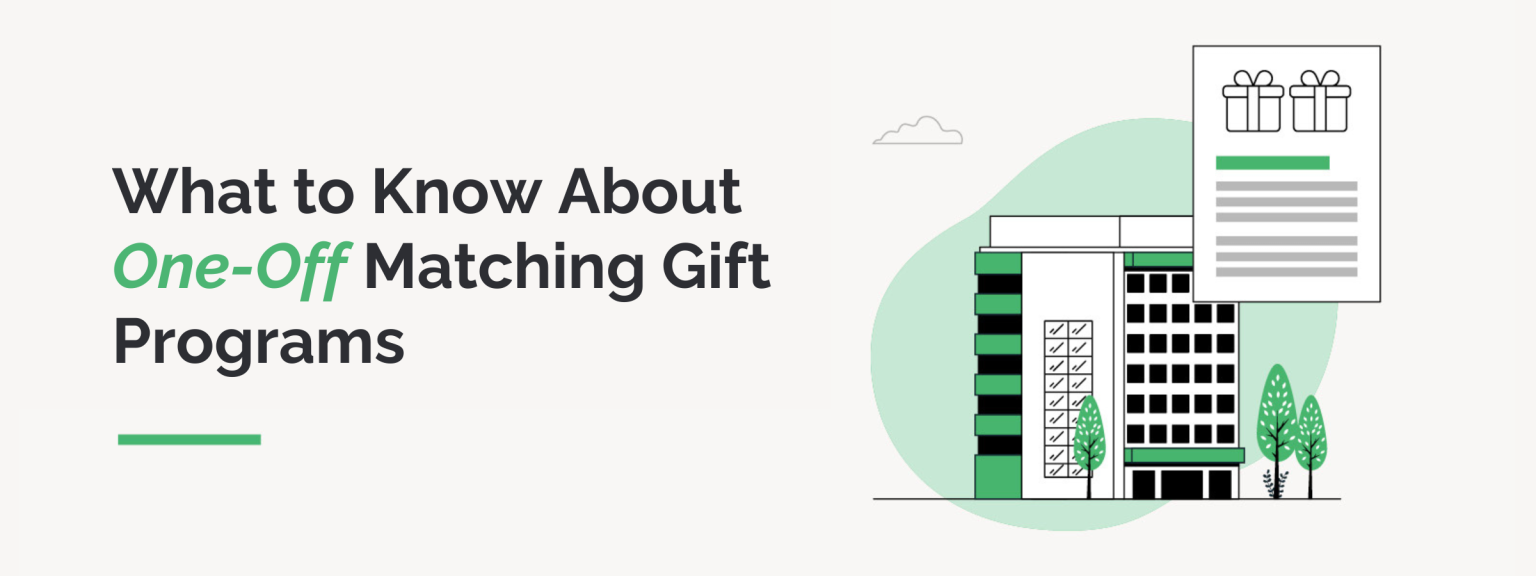
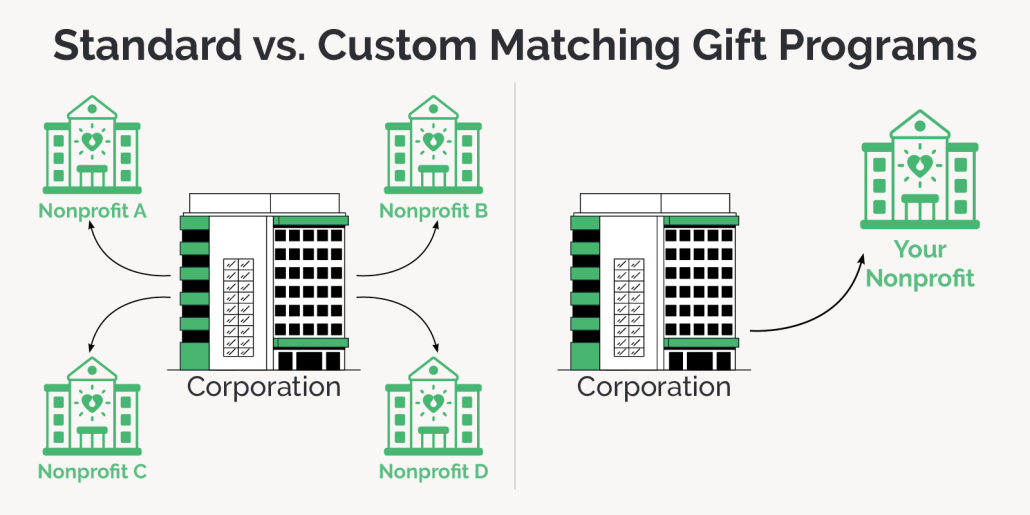
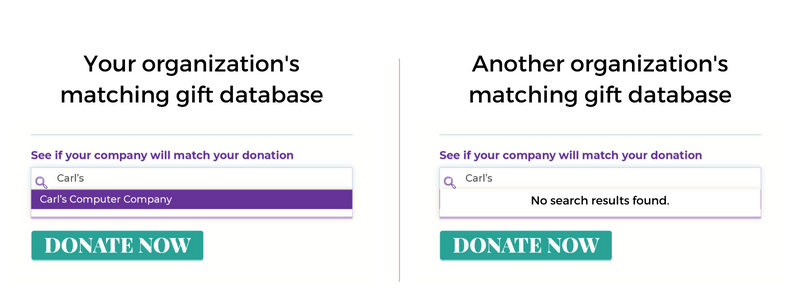
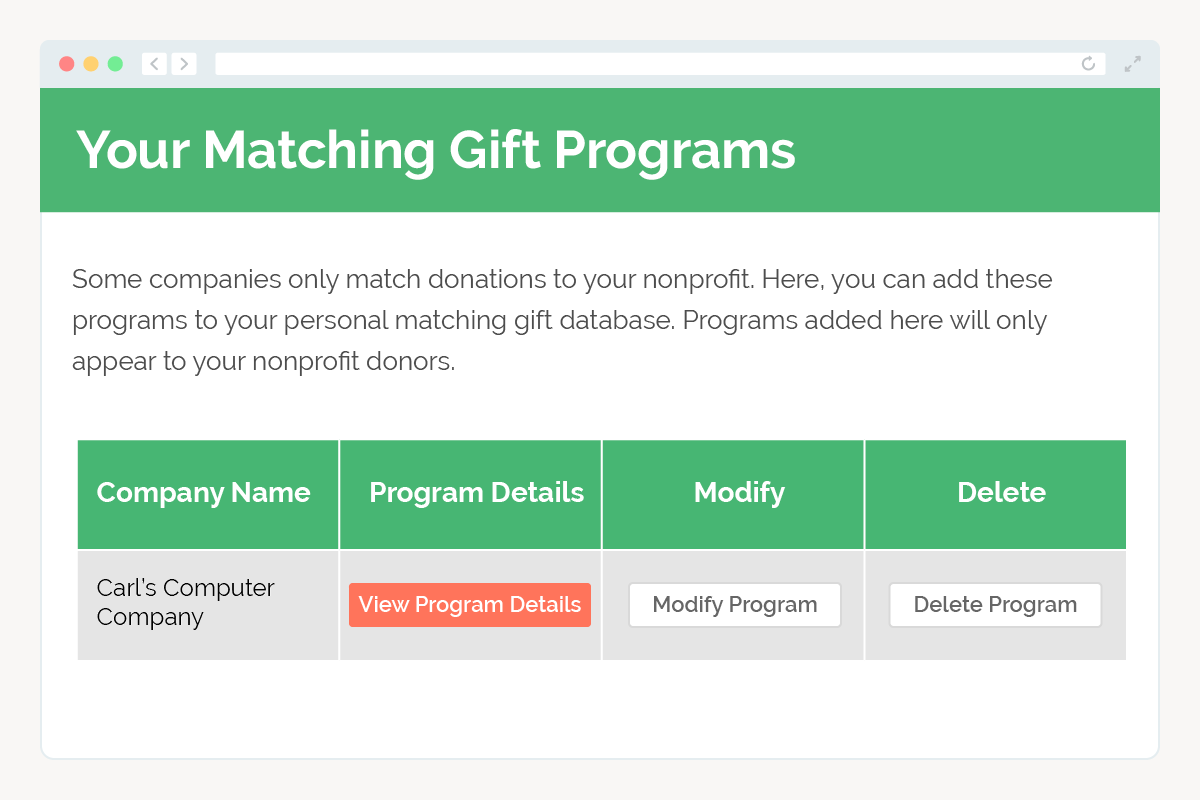
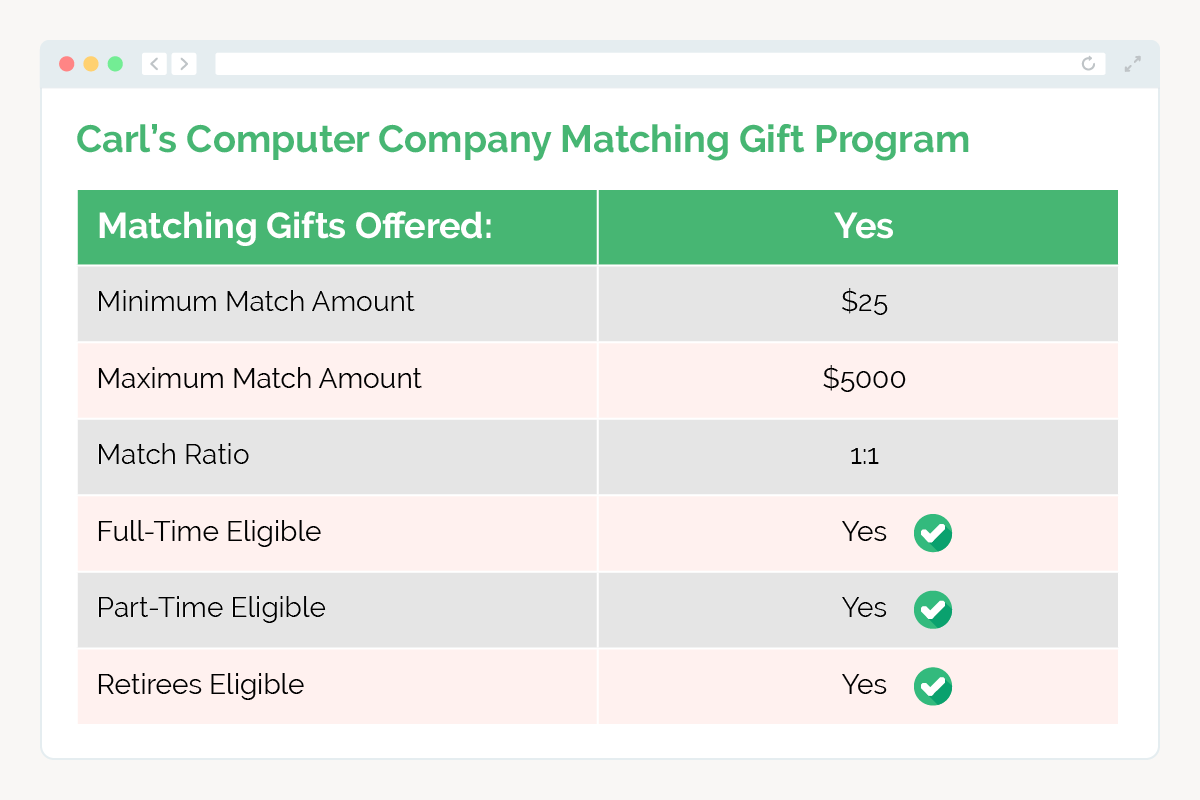
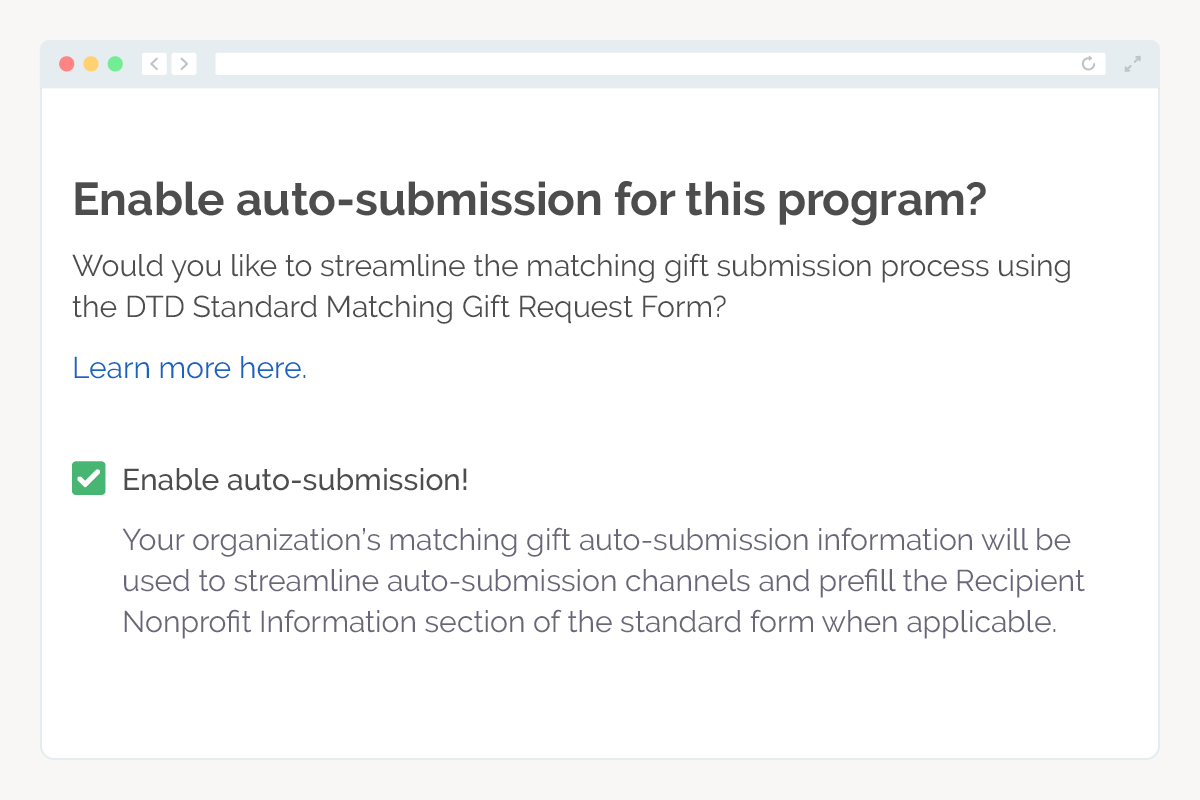
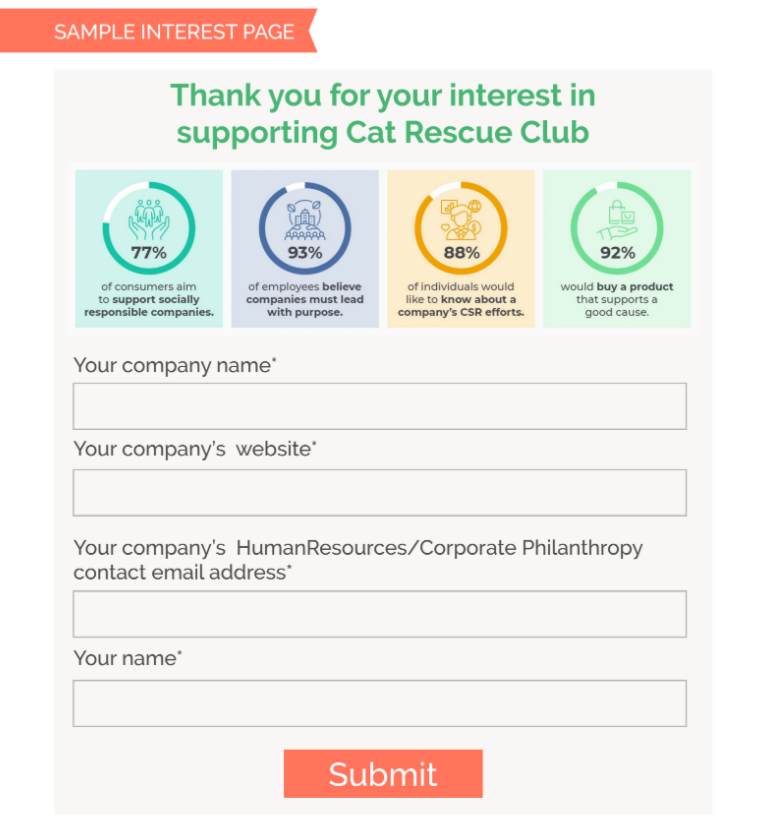
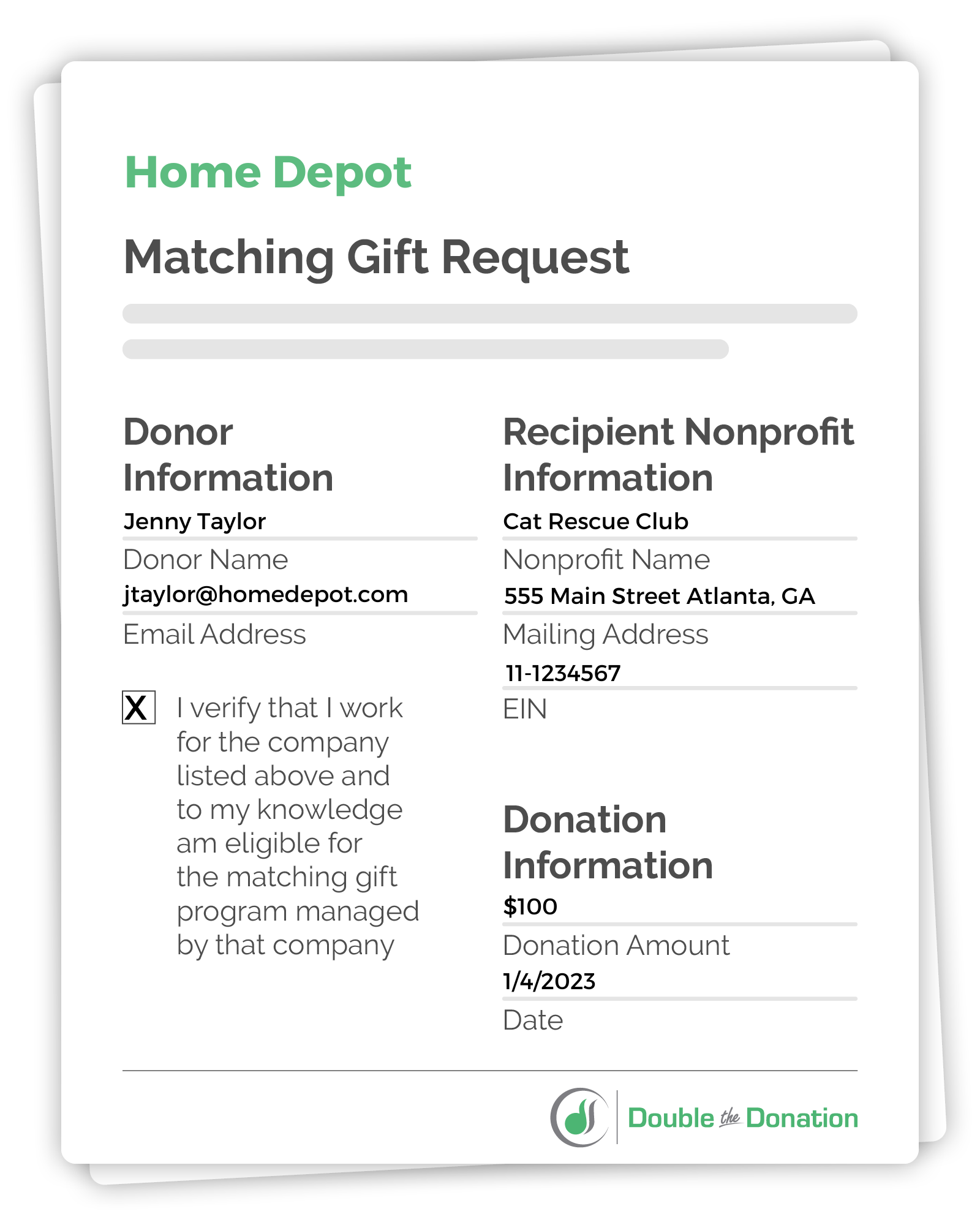
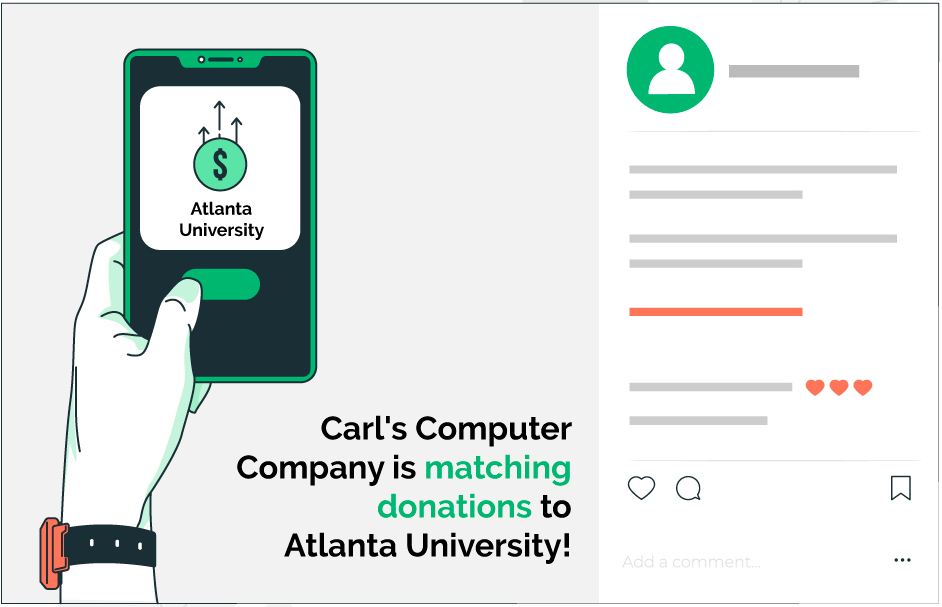
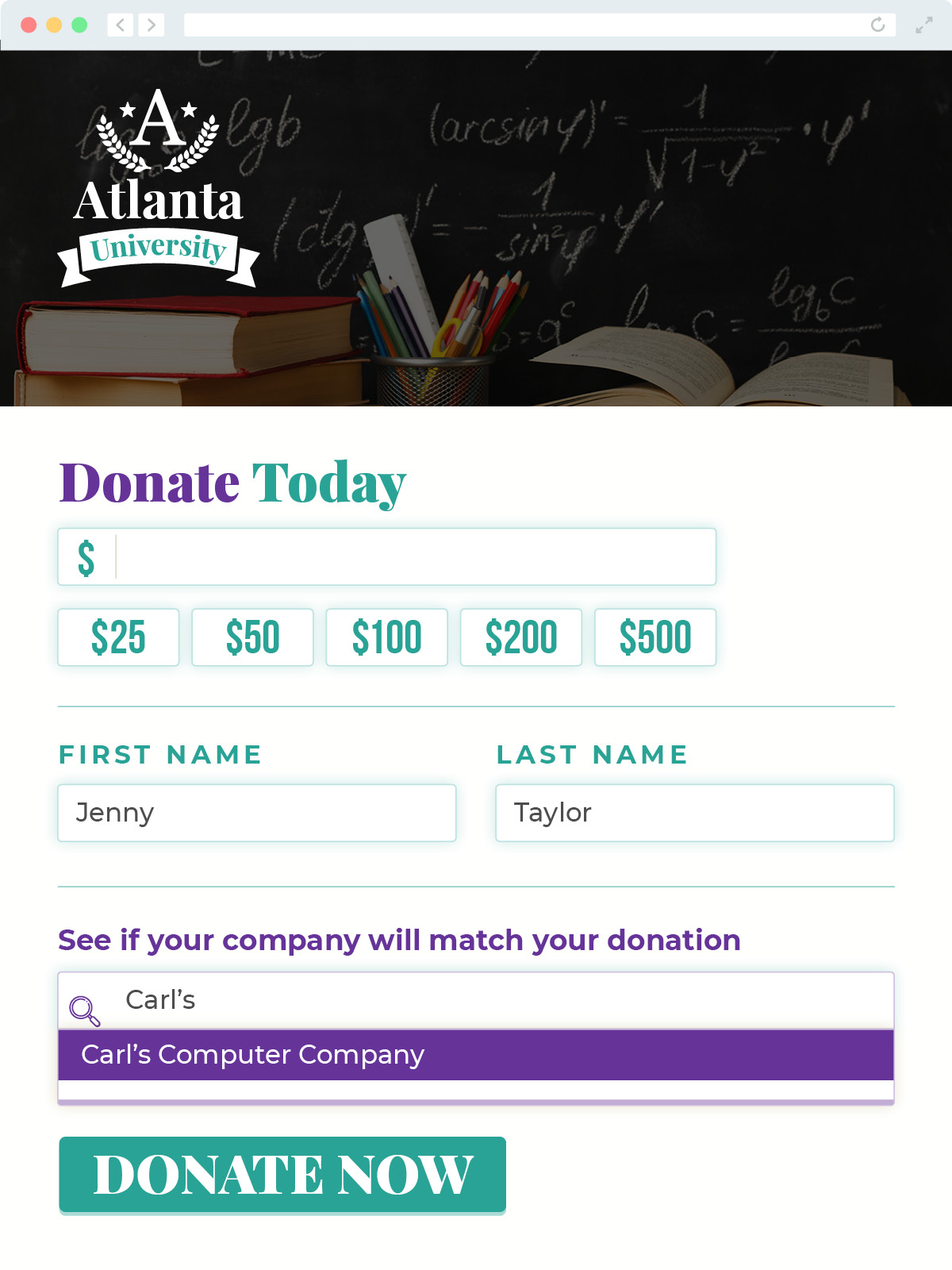
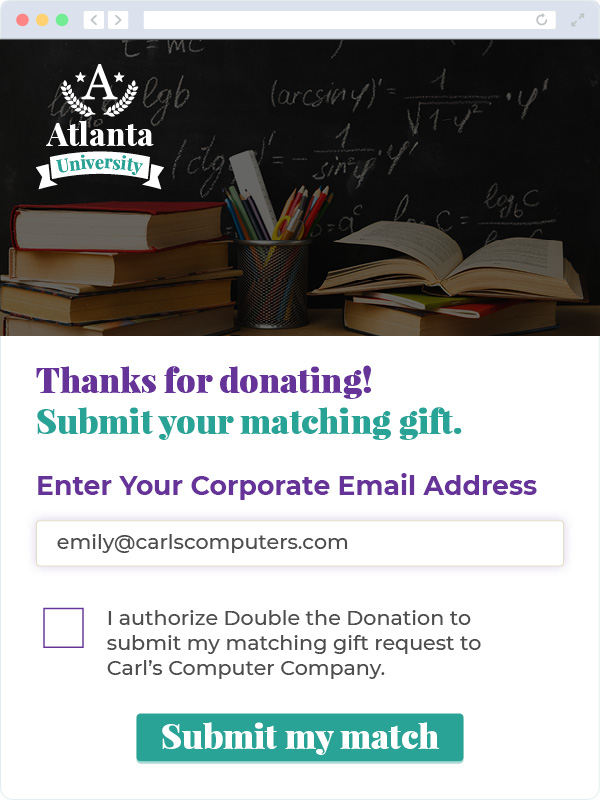

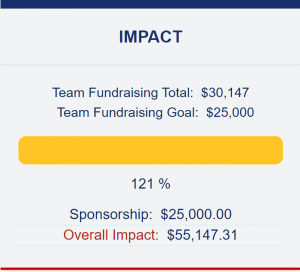 When the Danaher Corporation team sought new and innovative ways to give back to its community and increasingly engage its workforce in philanthropy, the company settled on a one-off matching gift initiative. After establishing the program, Danaher employees were invited to support LLS through an upcoming fundraising event, Light the Night. With an employee count of over 70,000, the company got on board to give back to their communities in a substantial way.
When the Danaher Corporation team sought new and innovative ways to give back to its community and increasingly engage its workforce in philanthropy, the company settled on a one-off matching gift initiative. After establishing the program, Danaher employees were invited to support LLS through an upcoming fundraising event, Light the Night. With an employee count of over 70,000, the company got on board to give back to their communities in a substantial way.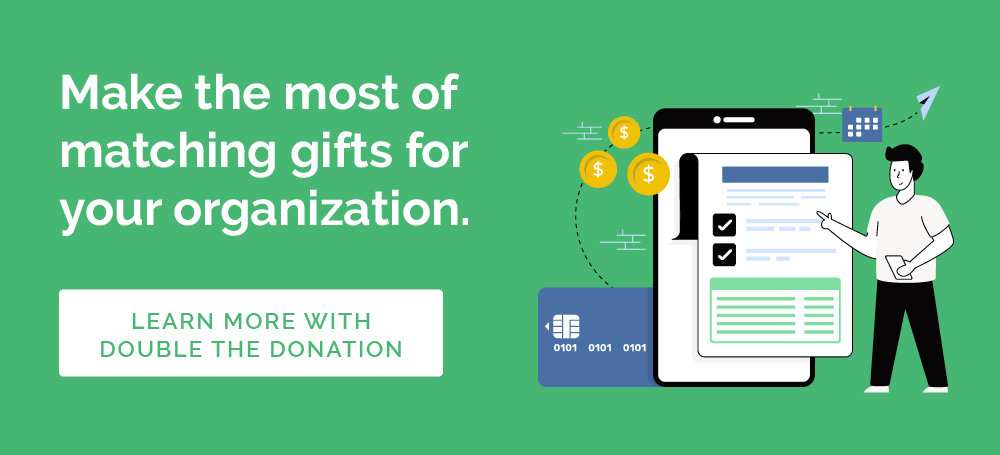


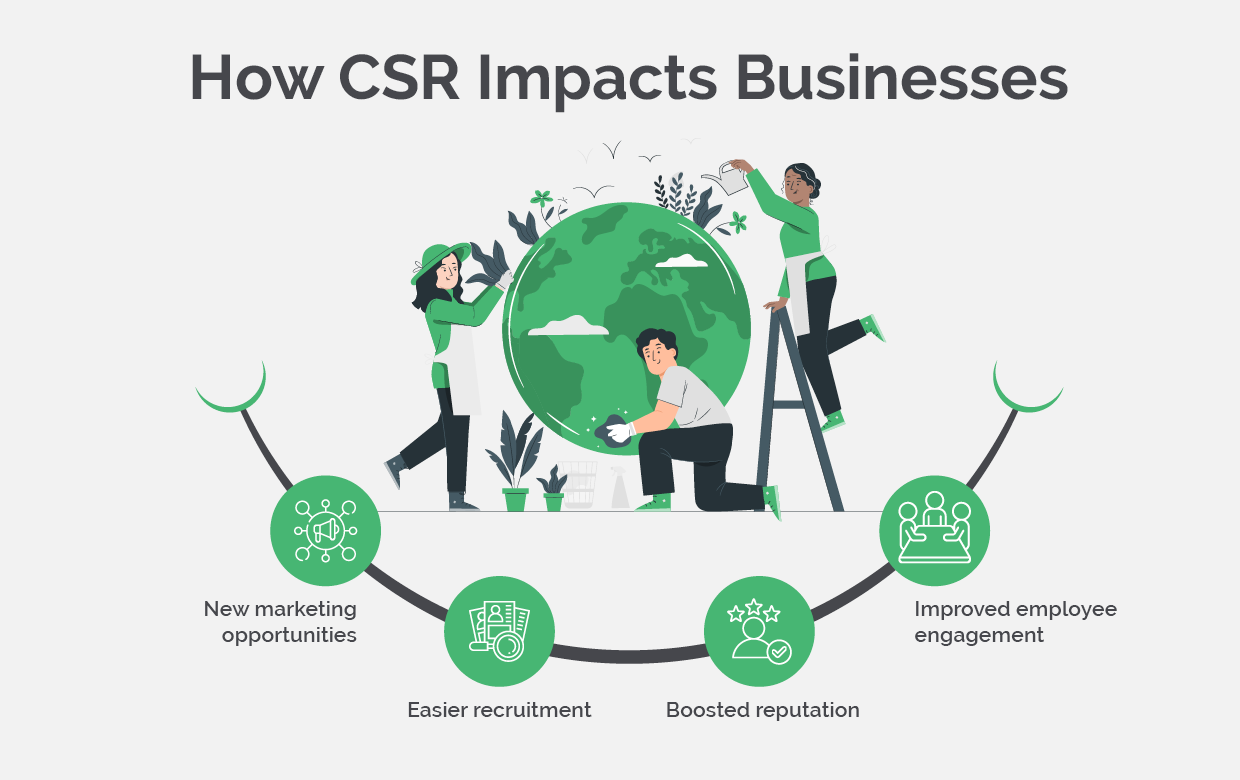

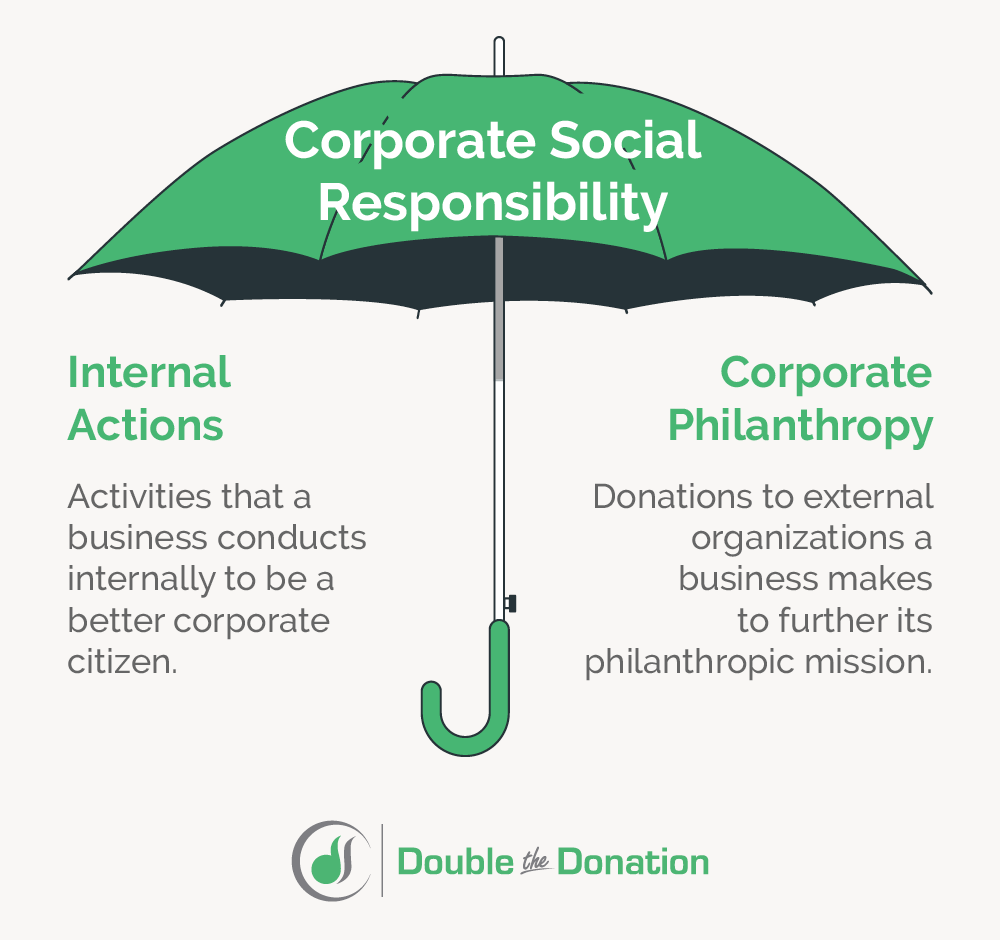





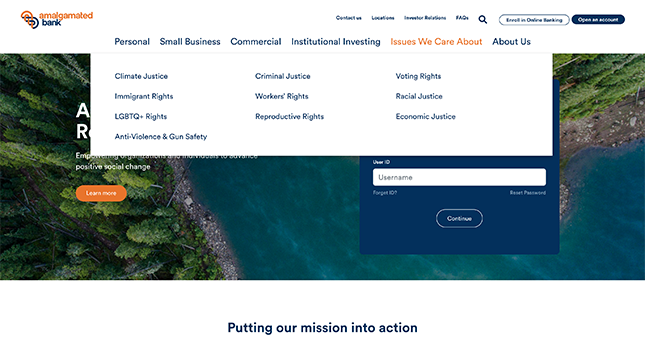


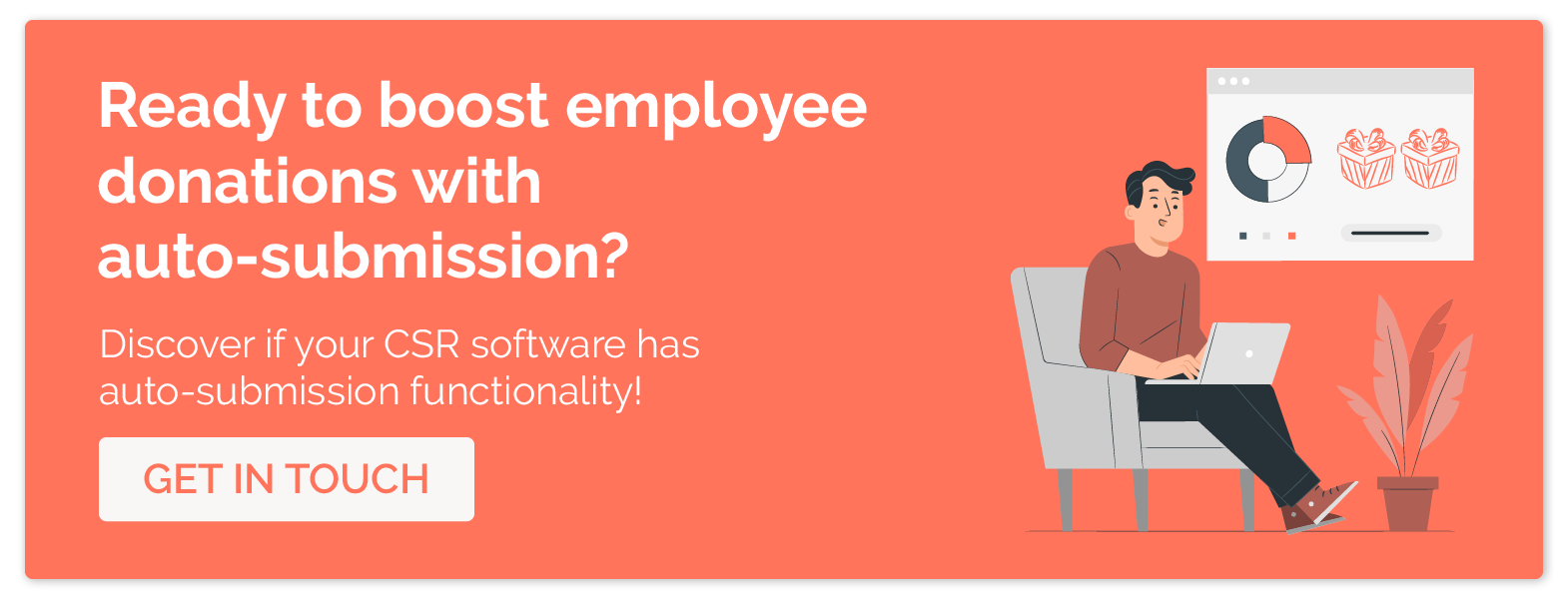
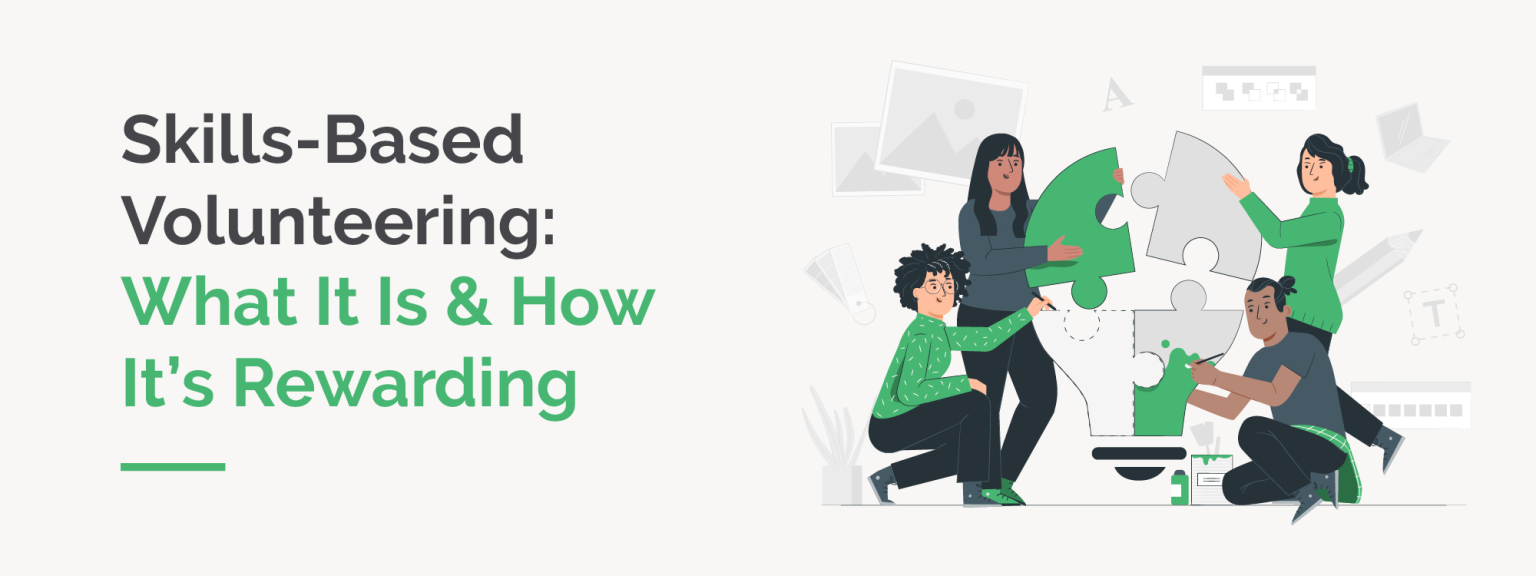

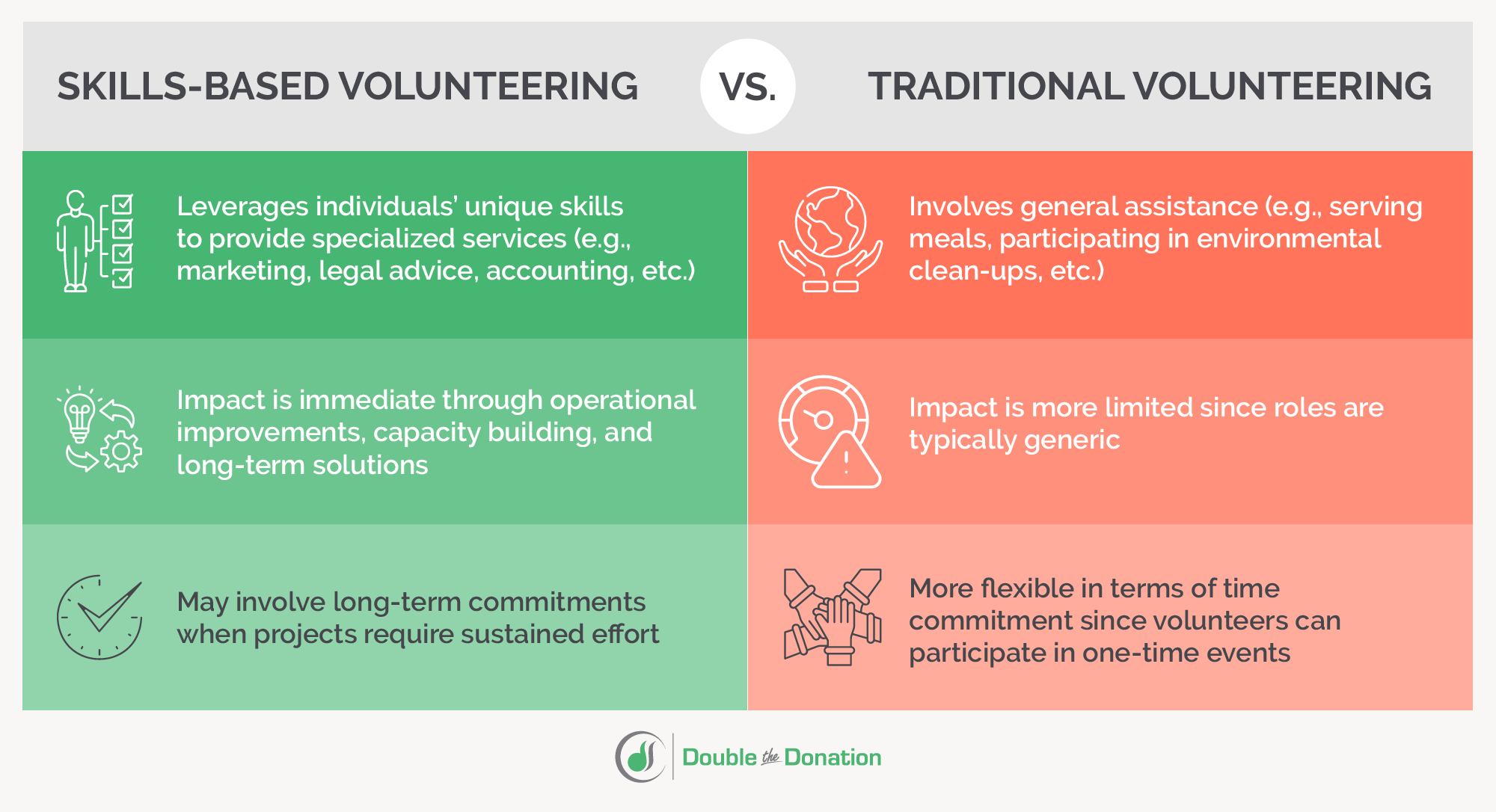
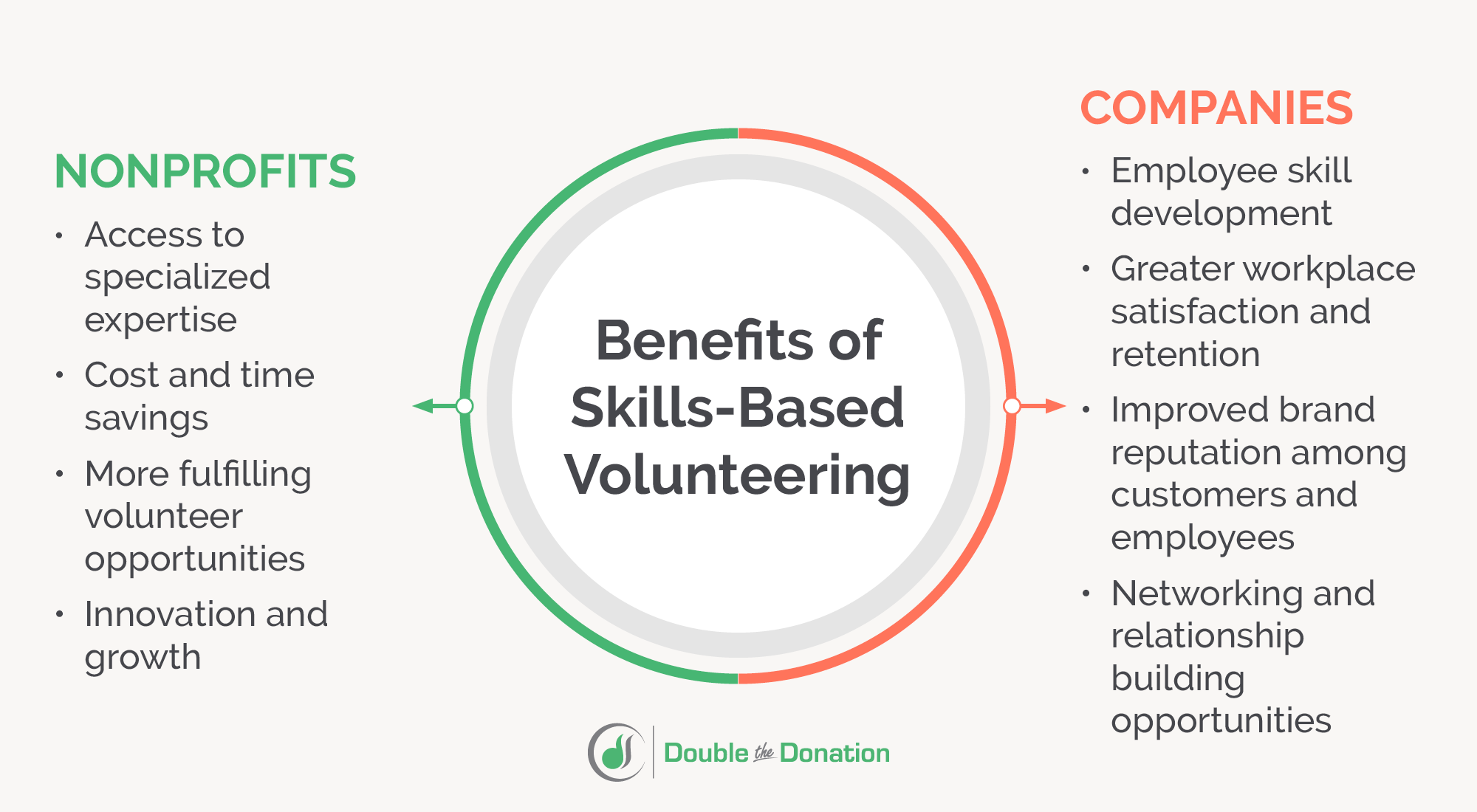
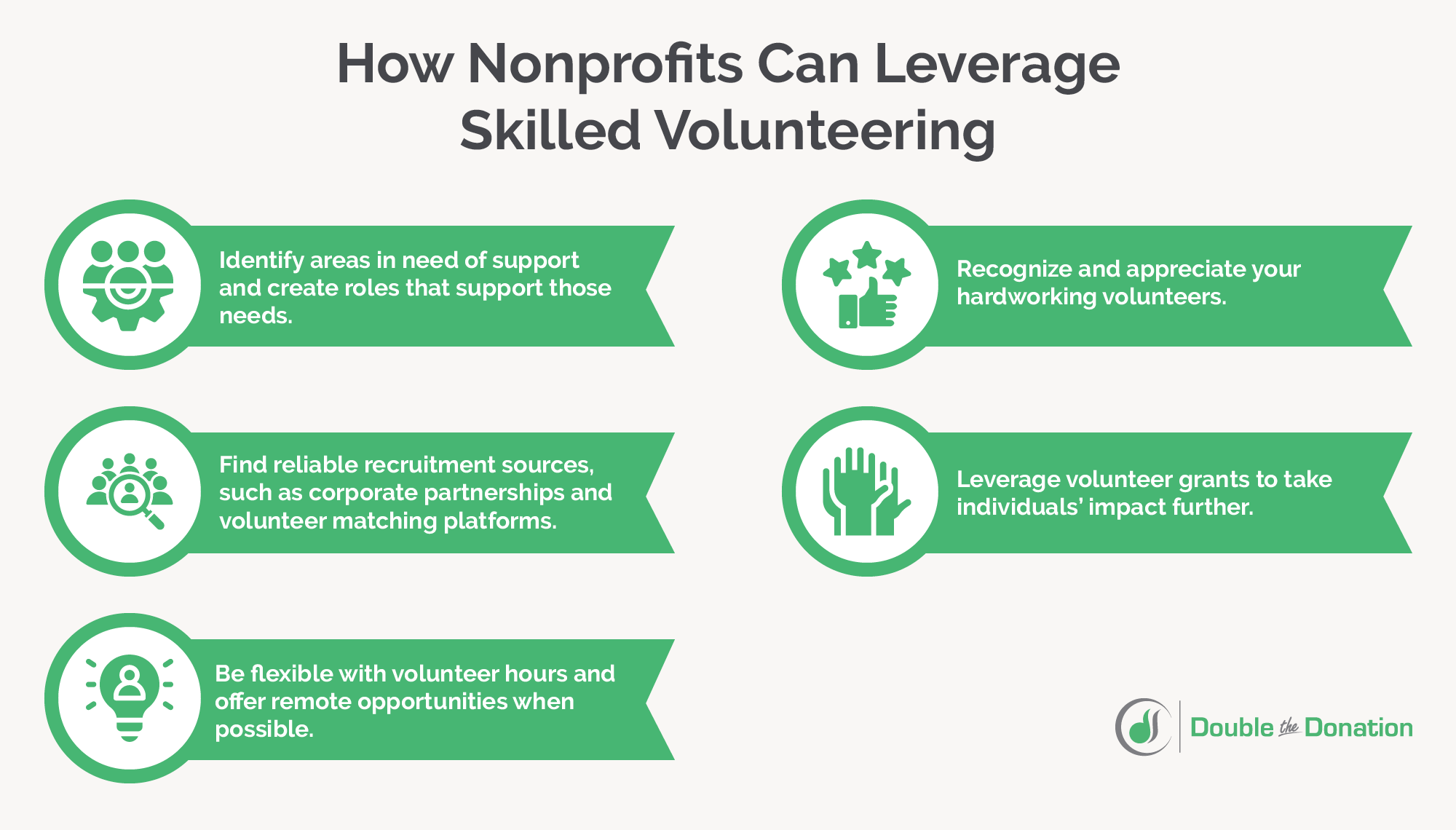
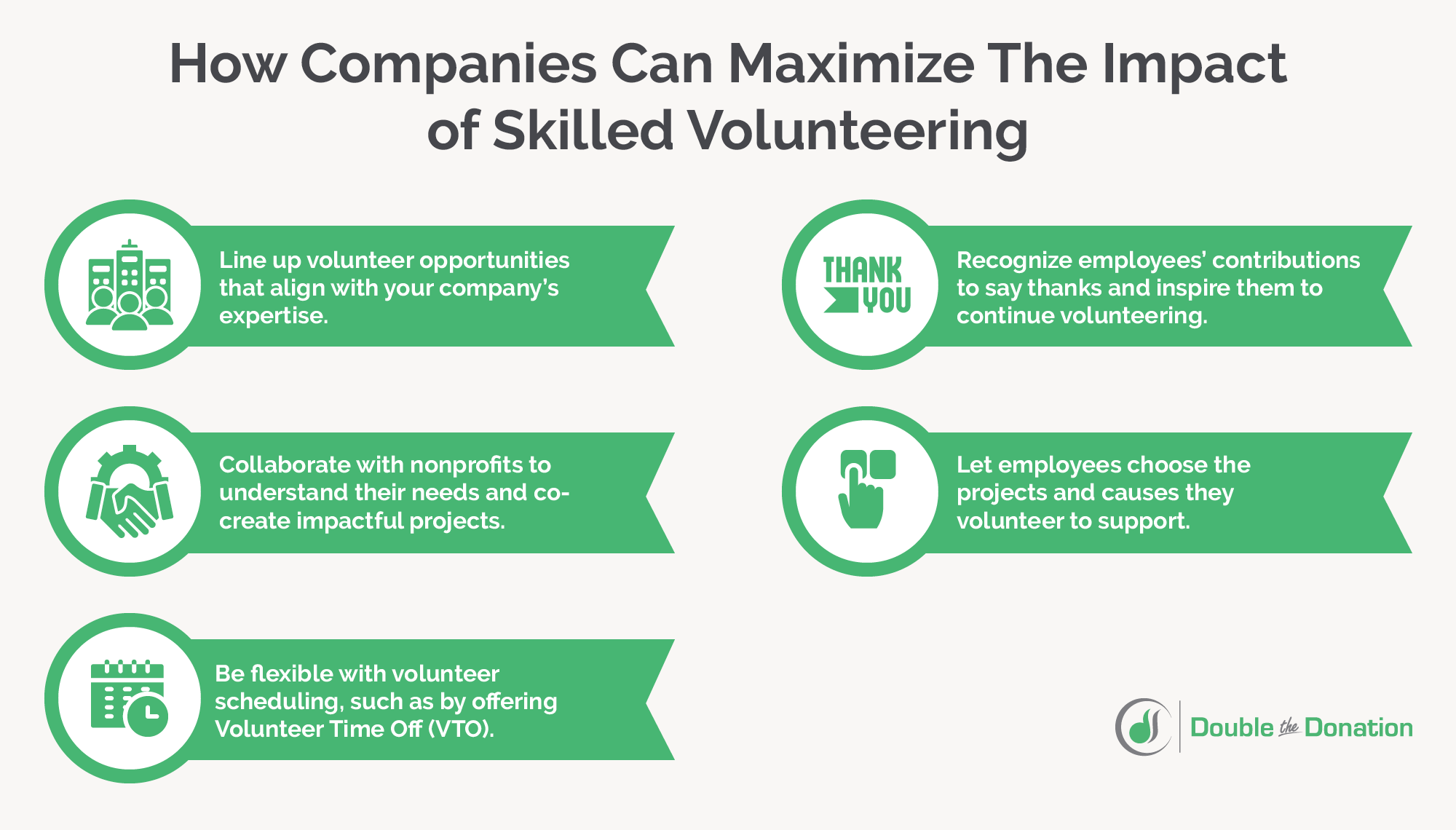
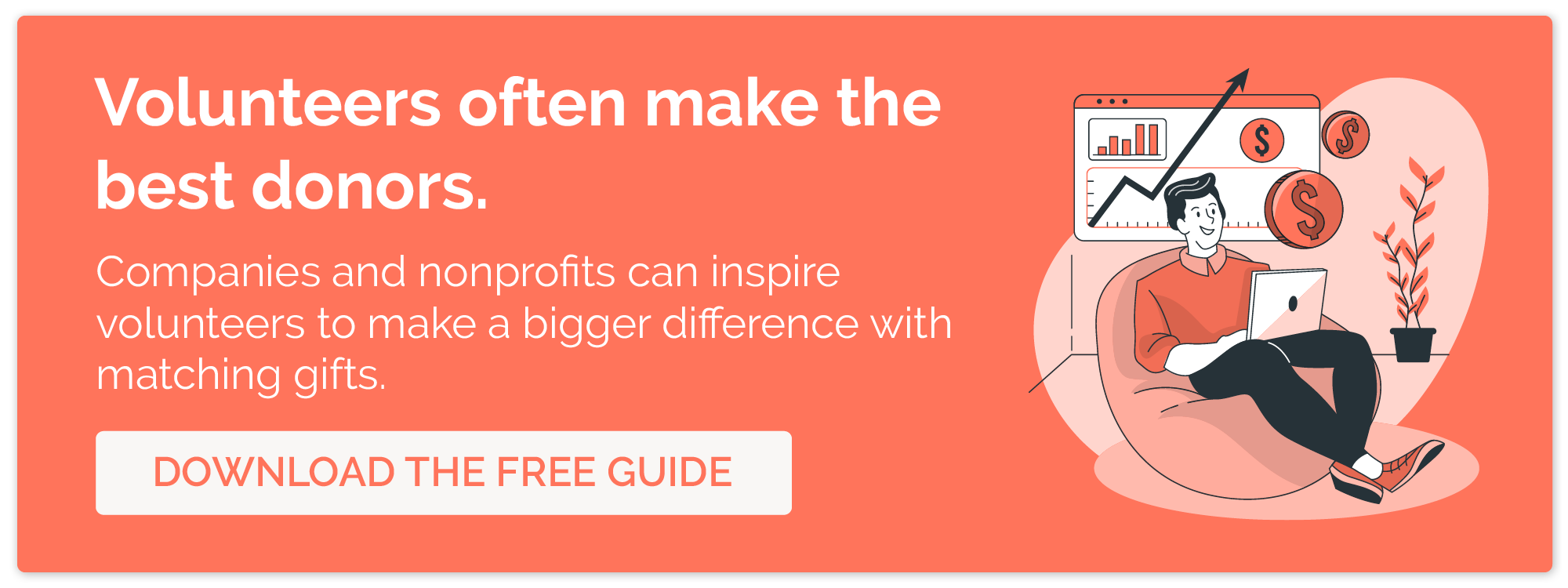
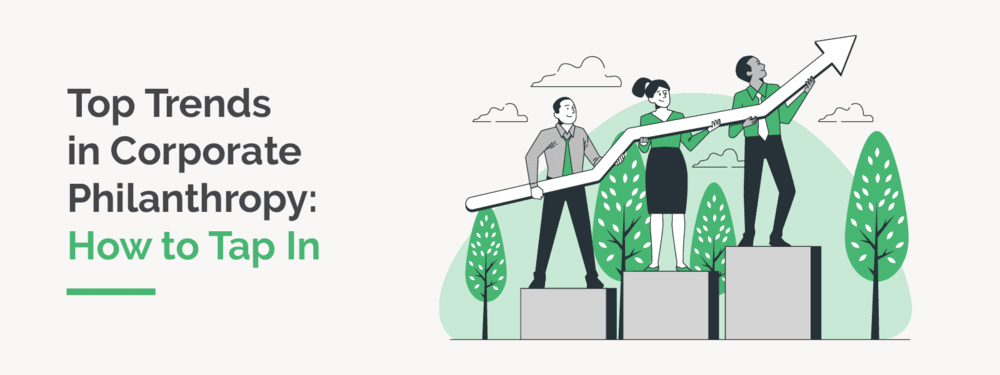

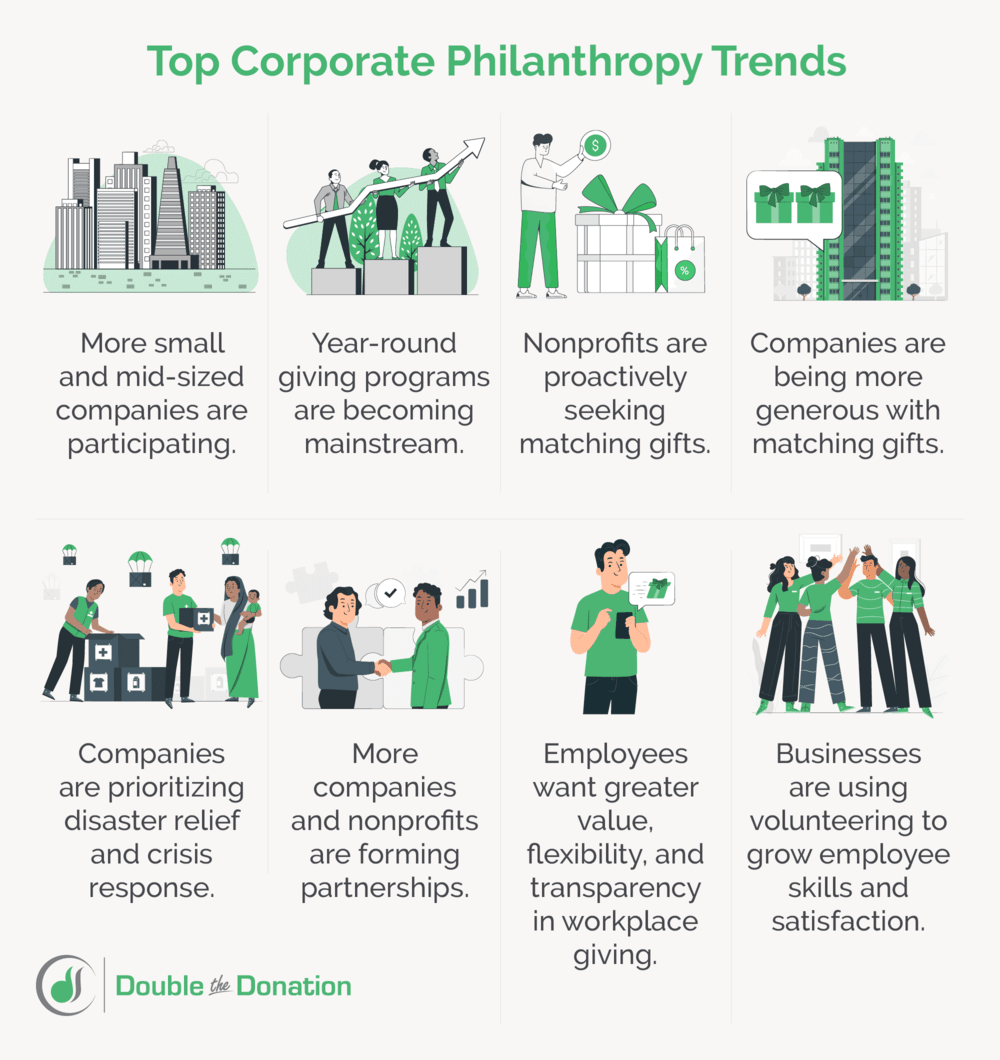
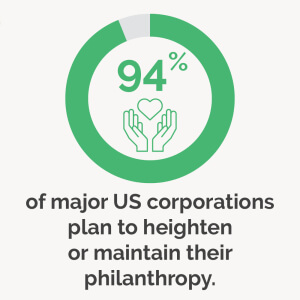


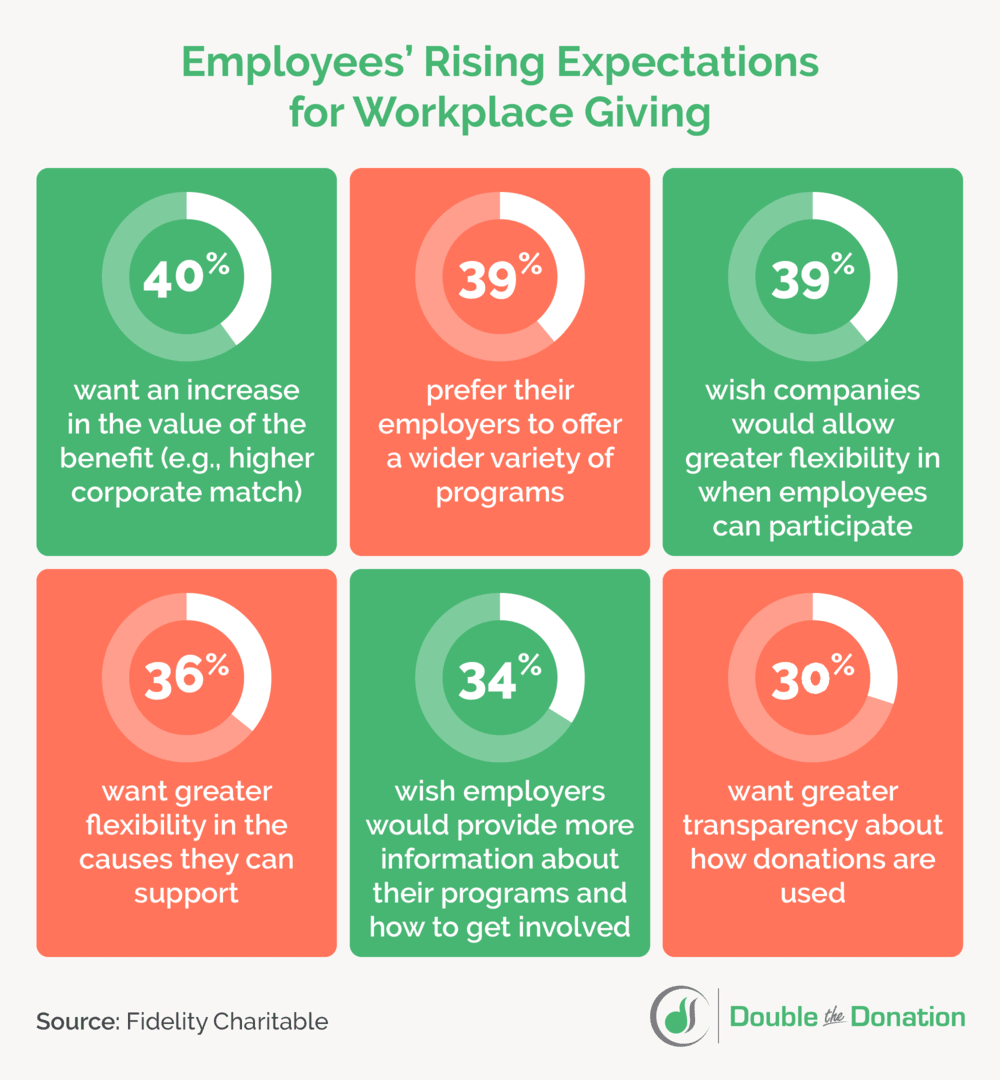




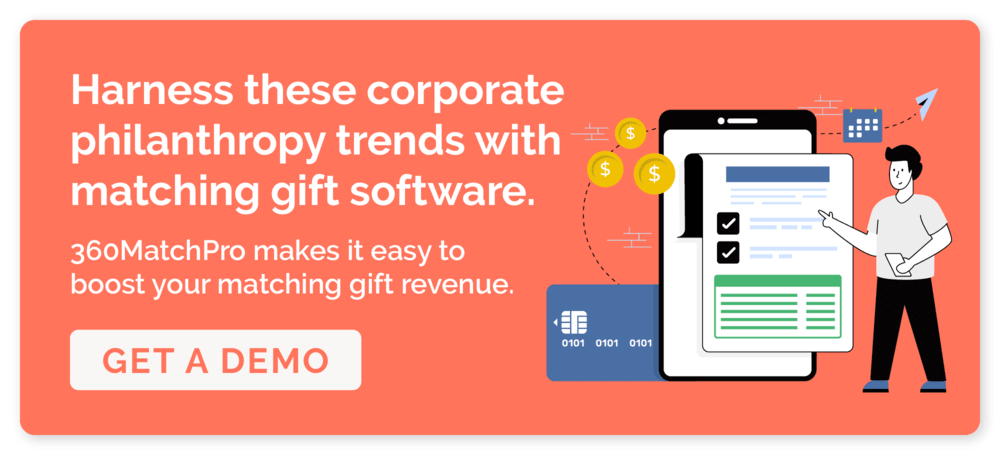


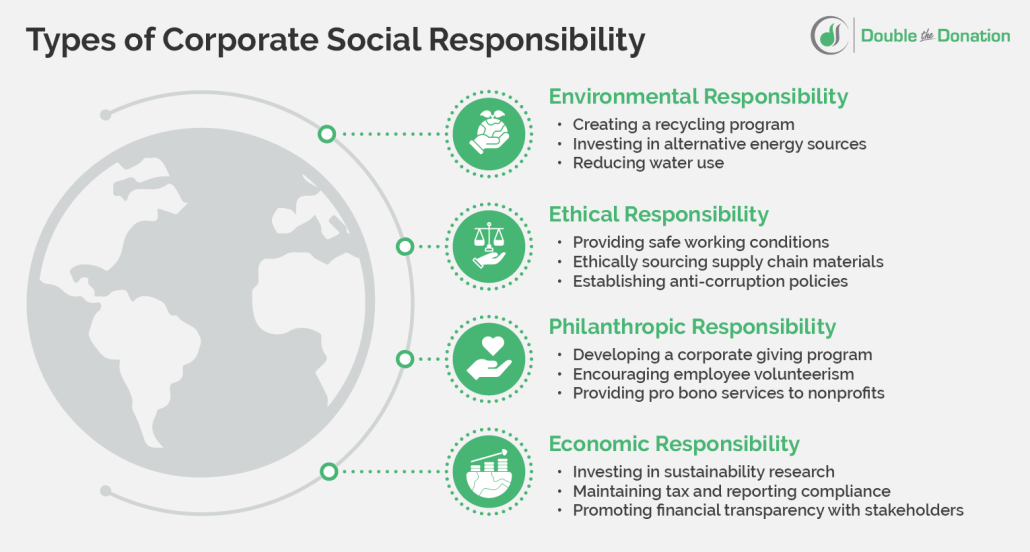
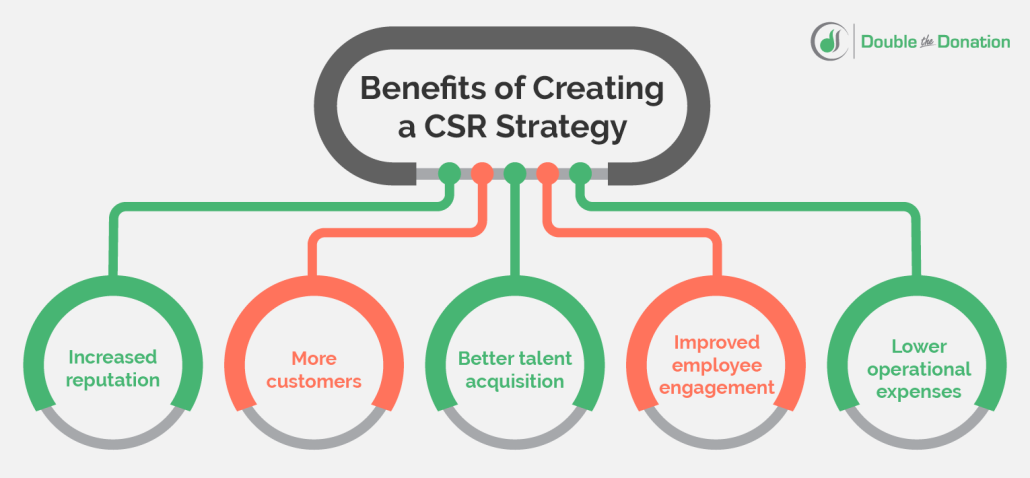

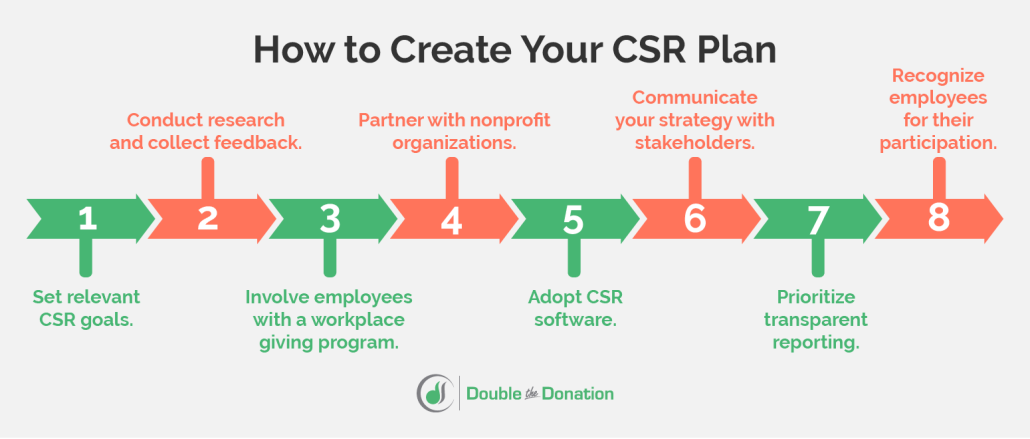
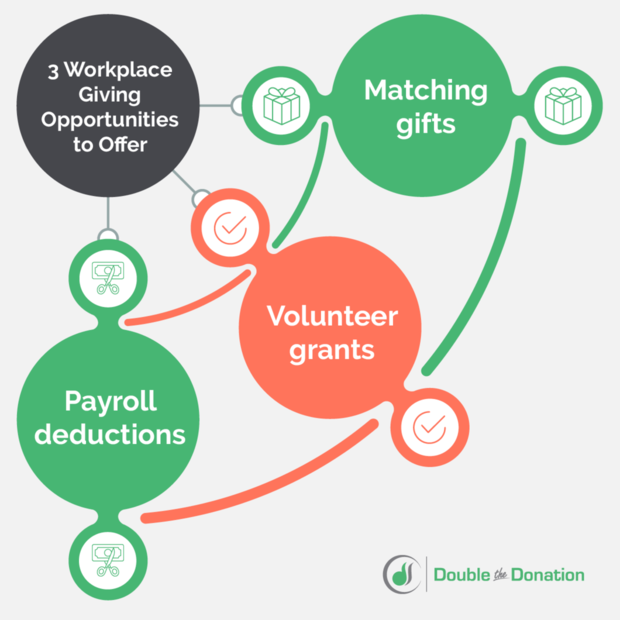
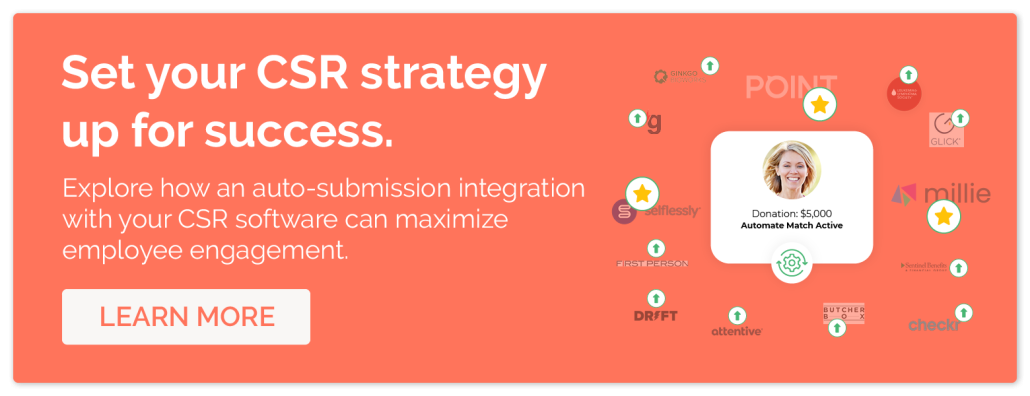


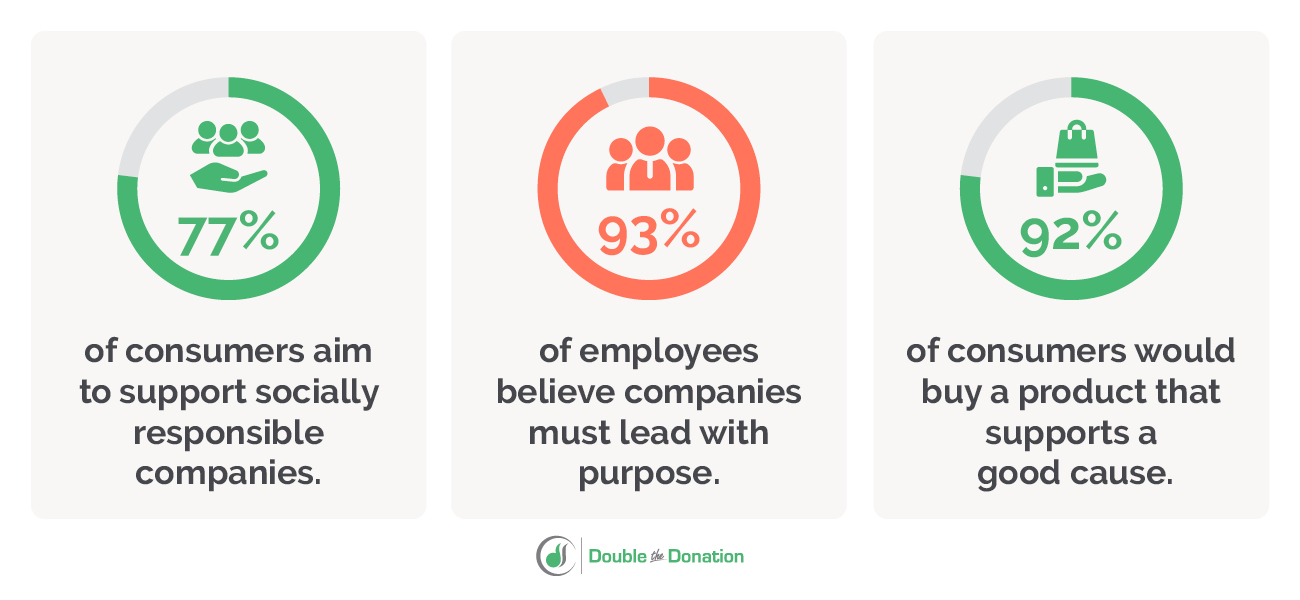
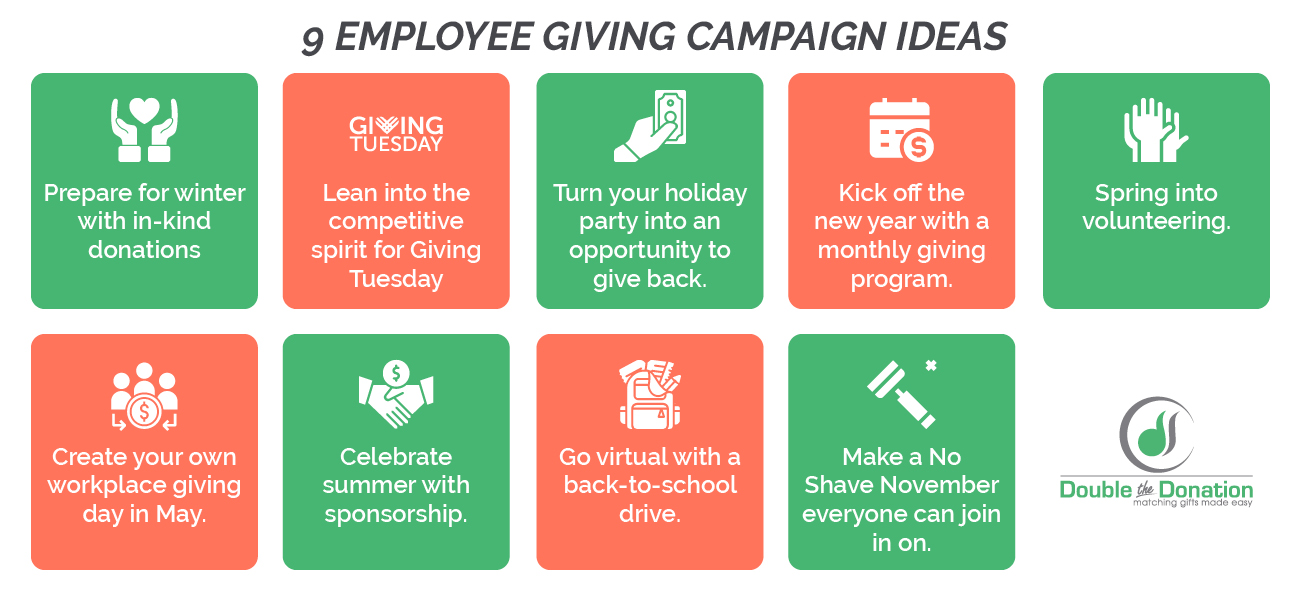
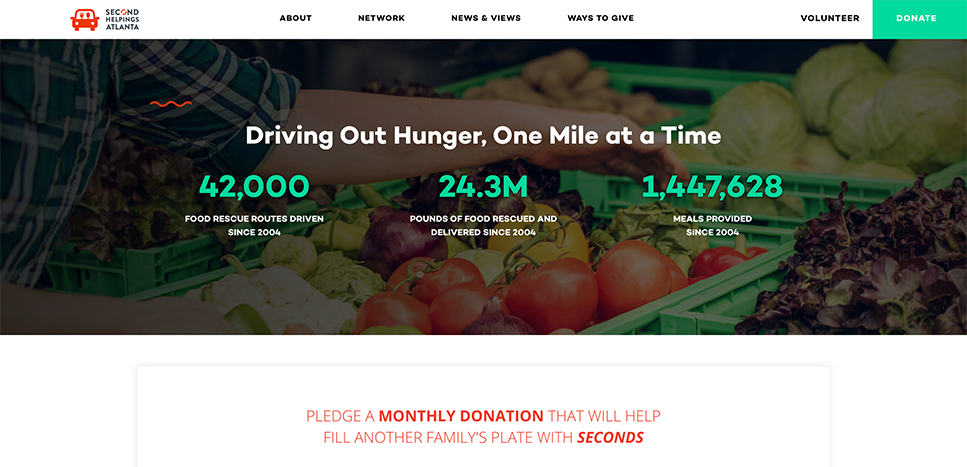
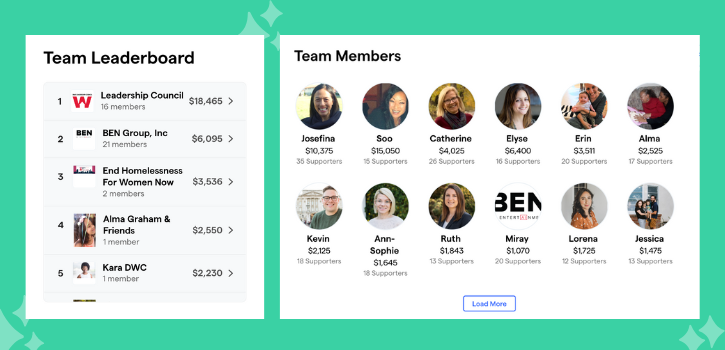
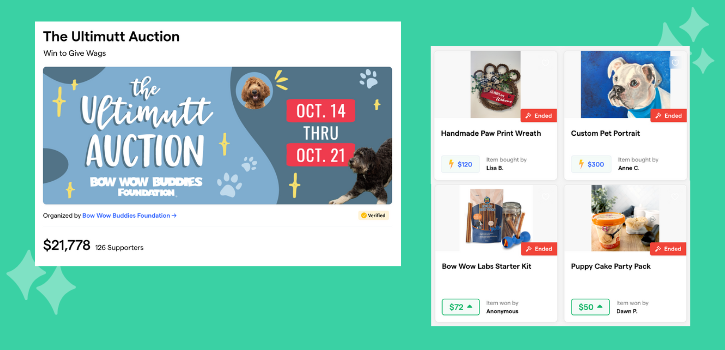
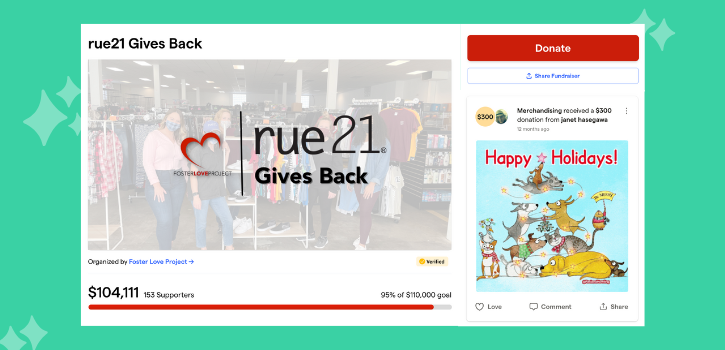

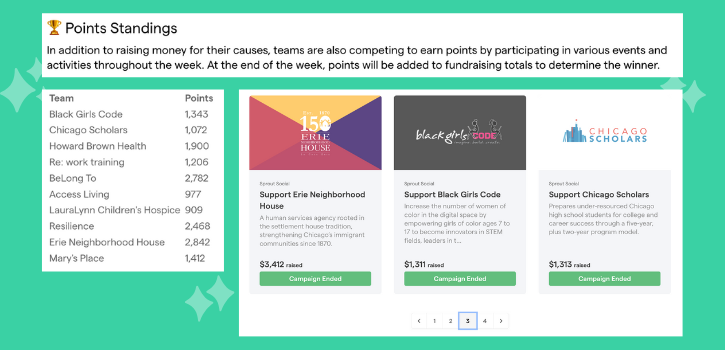
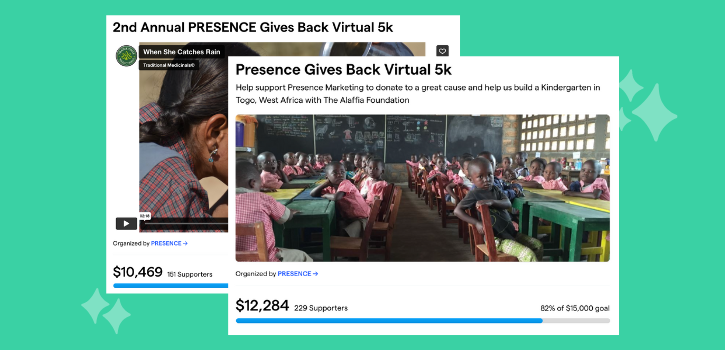
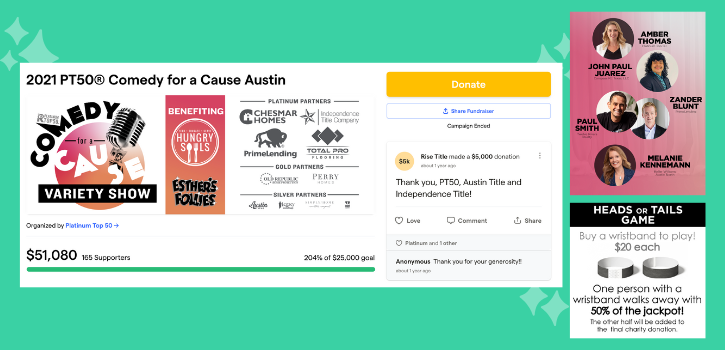
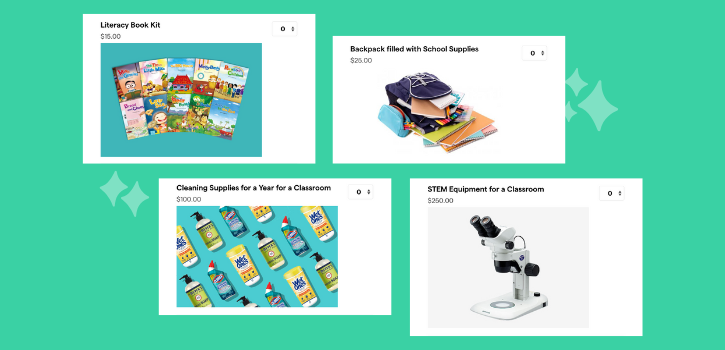
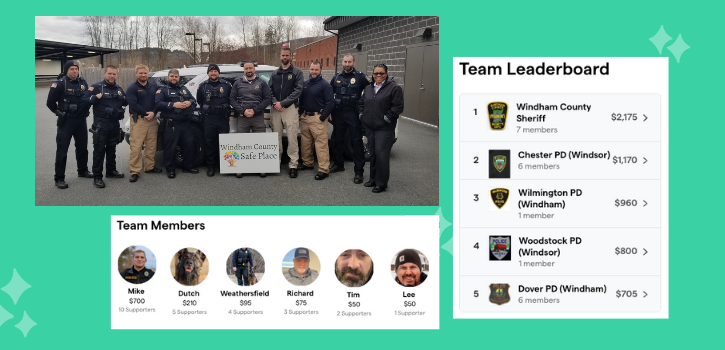
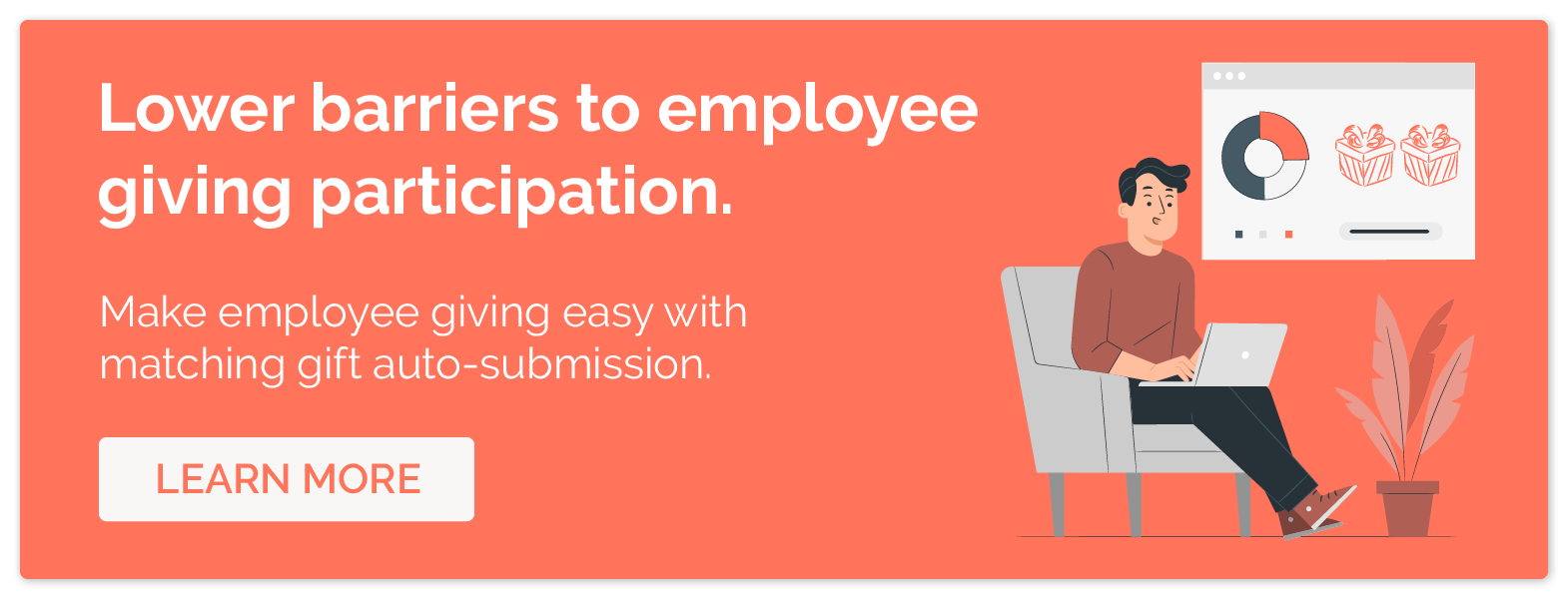

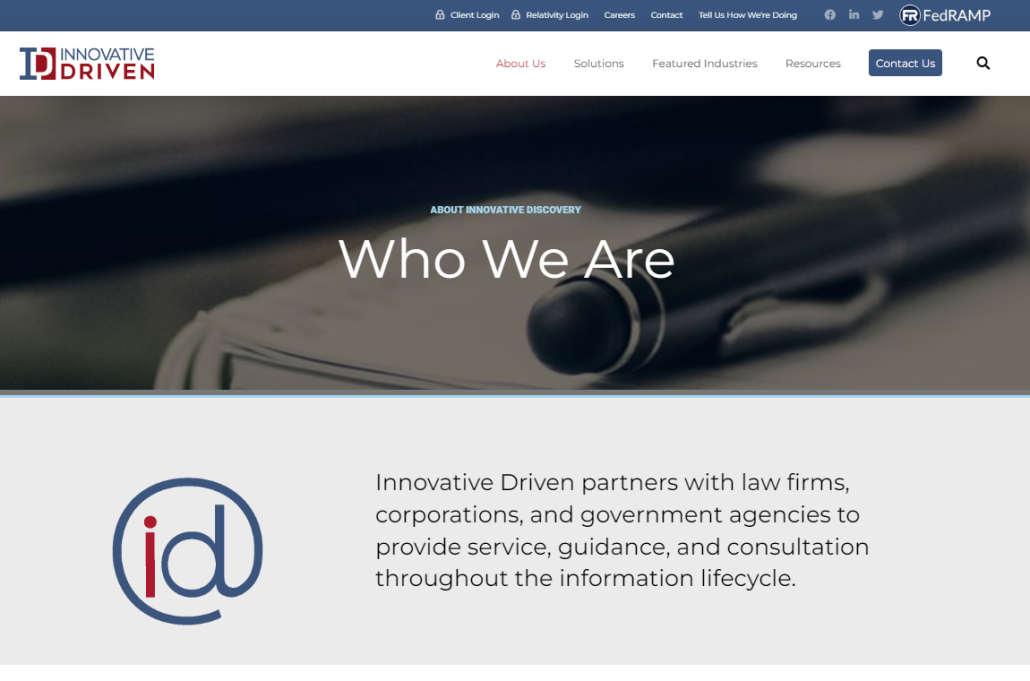
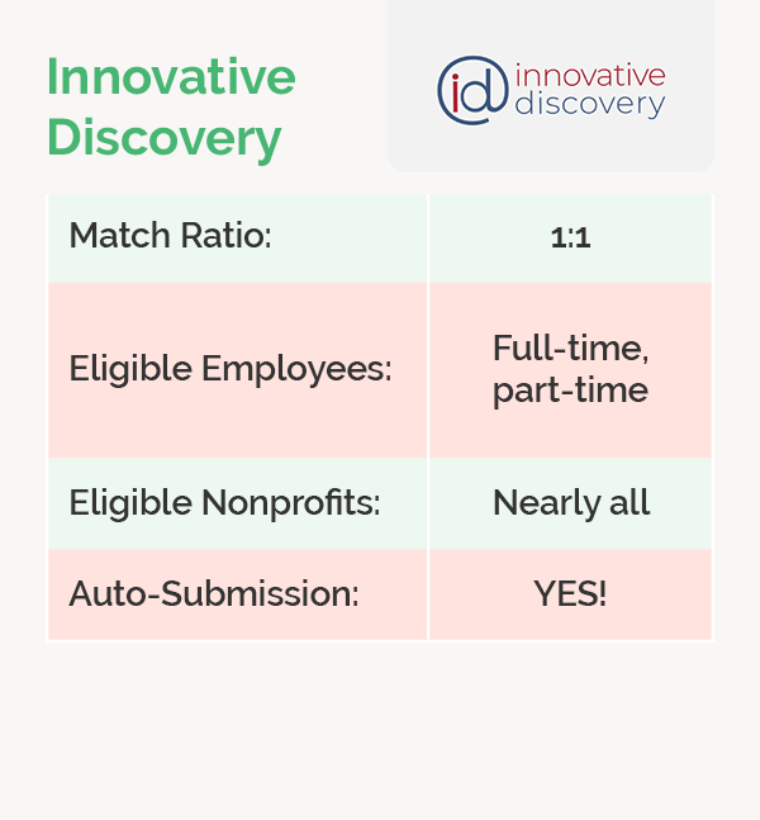 Matching gift ratio – 1:1 (or dollar for dollar)
Matching gift ratio – 1:1 (or dollar for dollar)